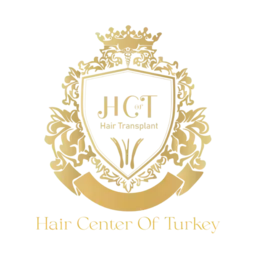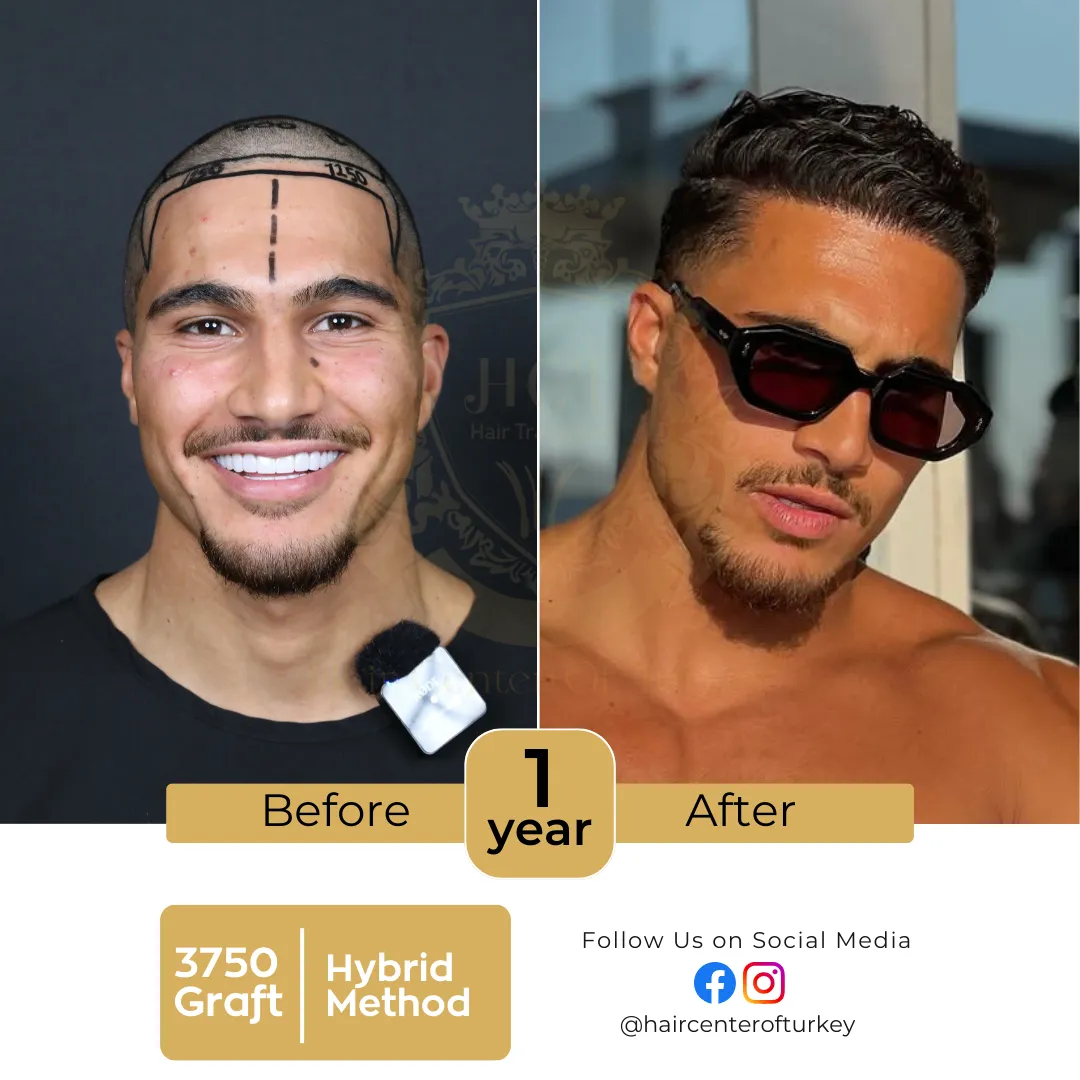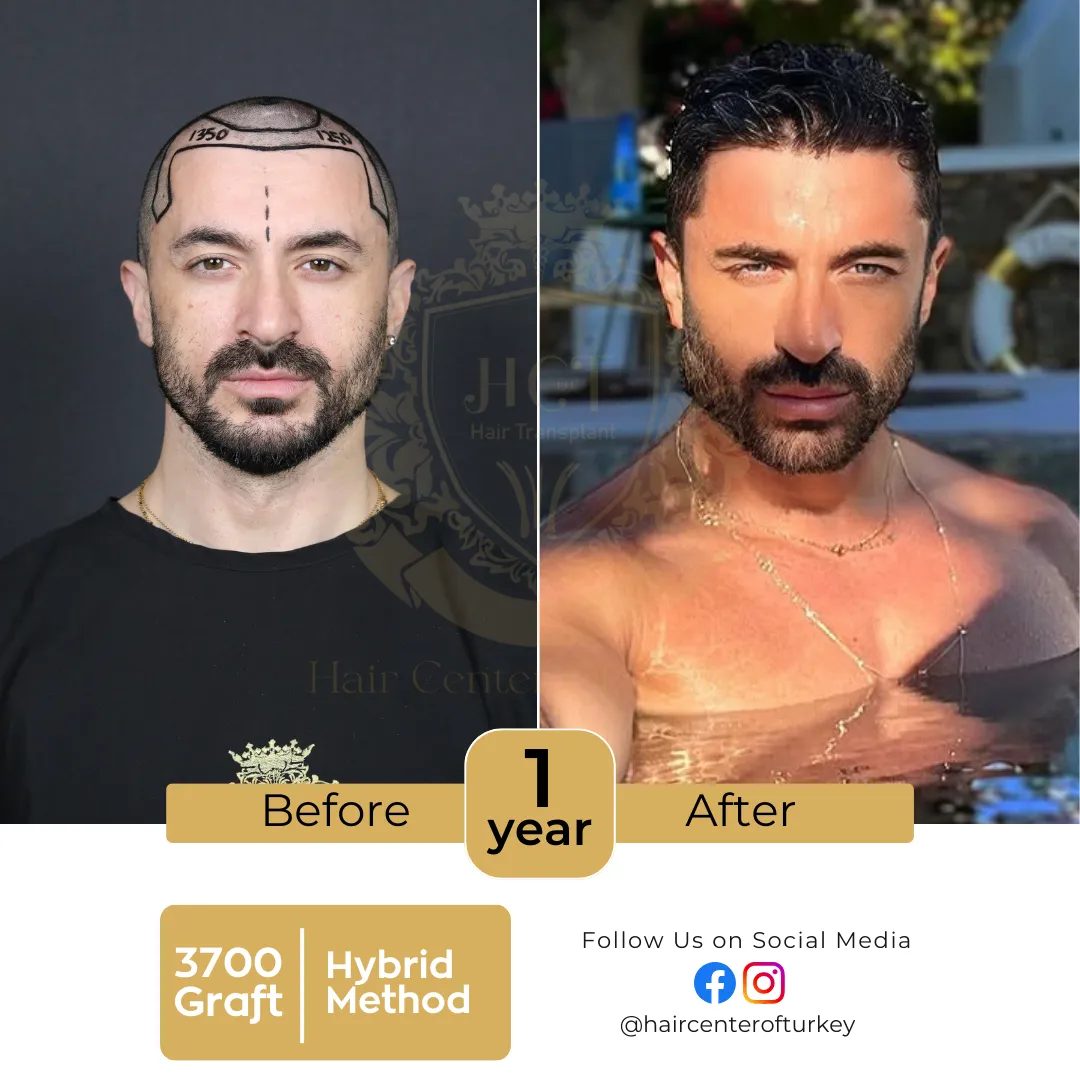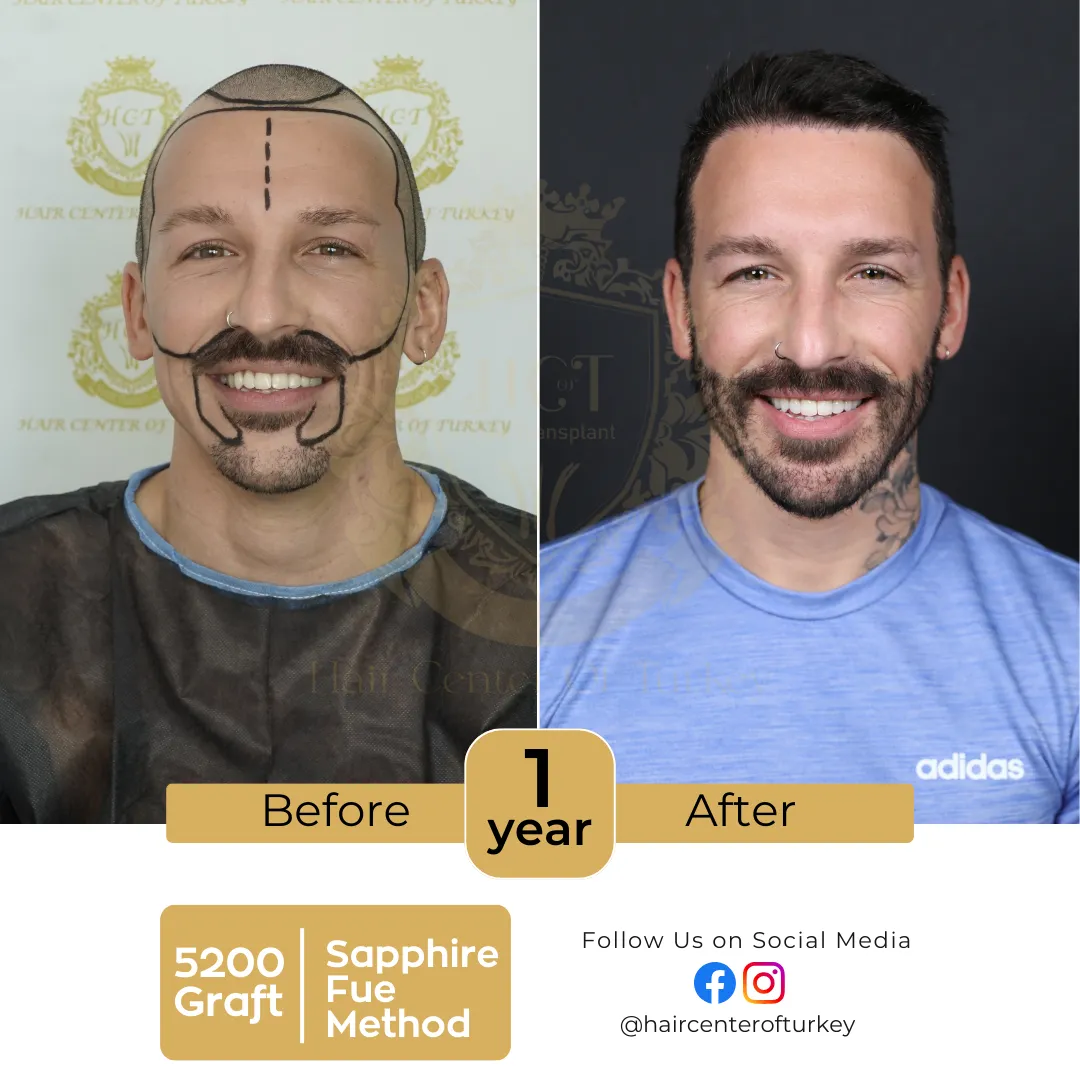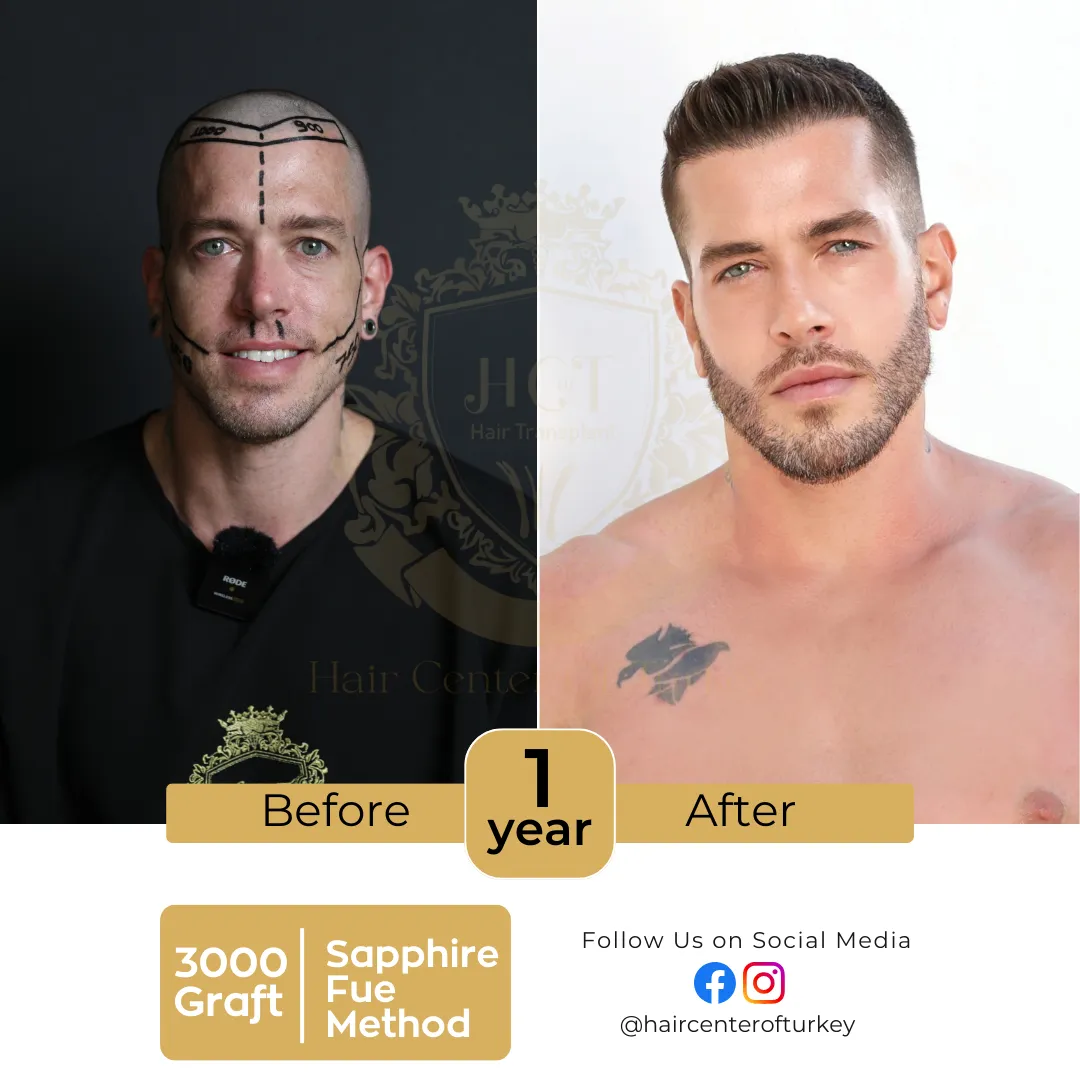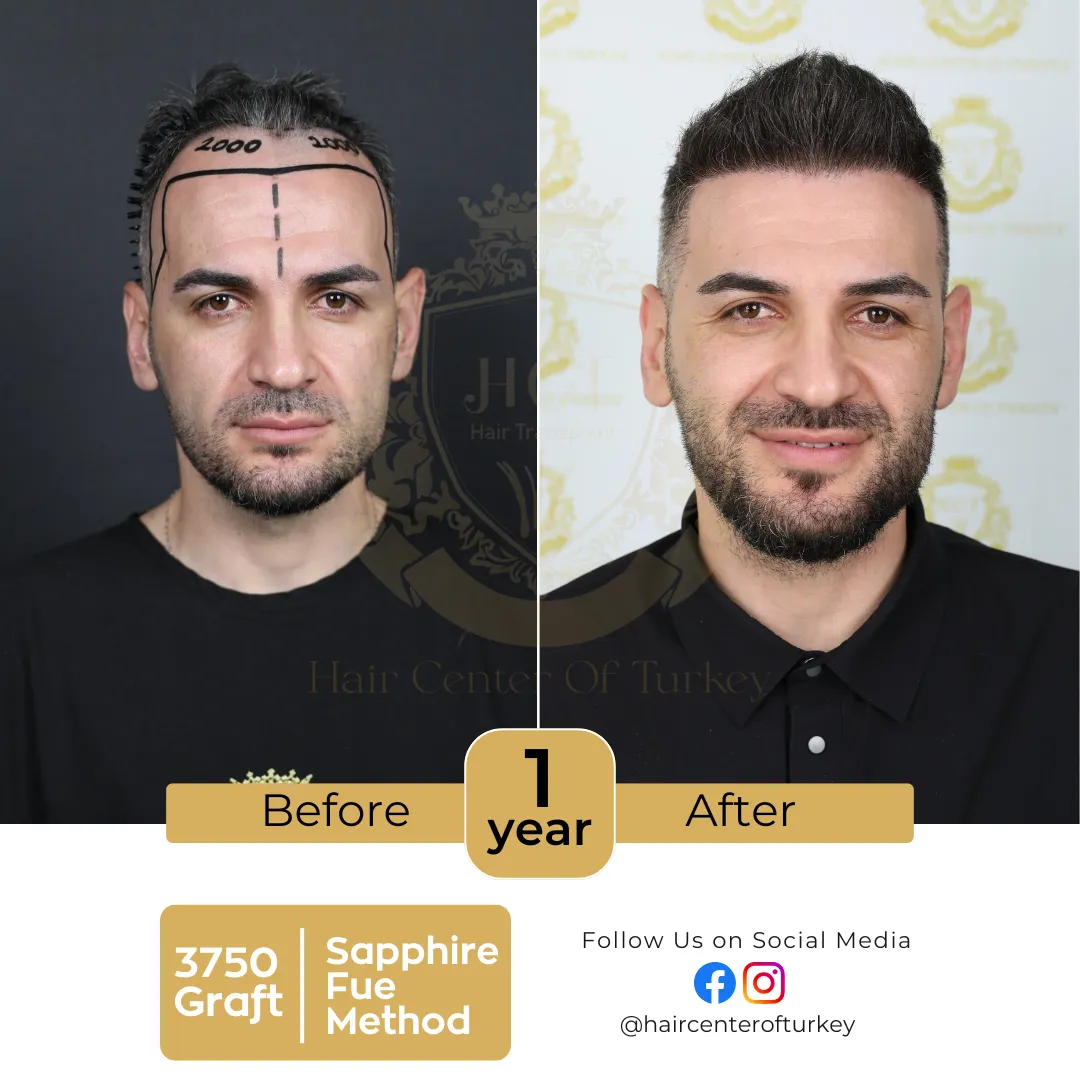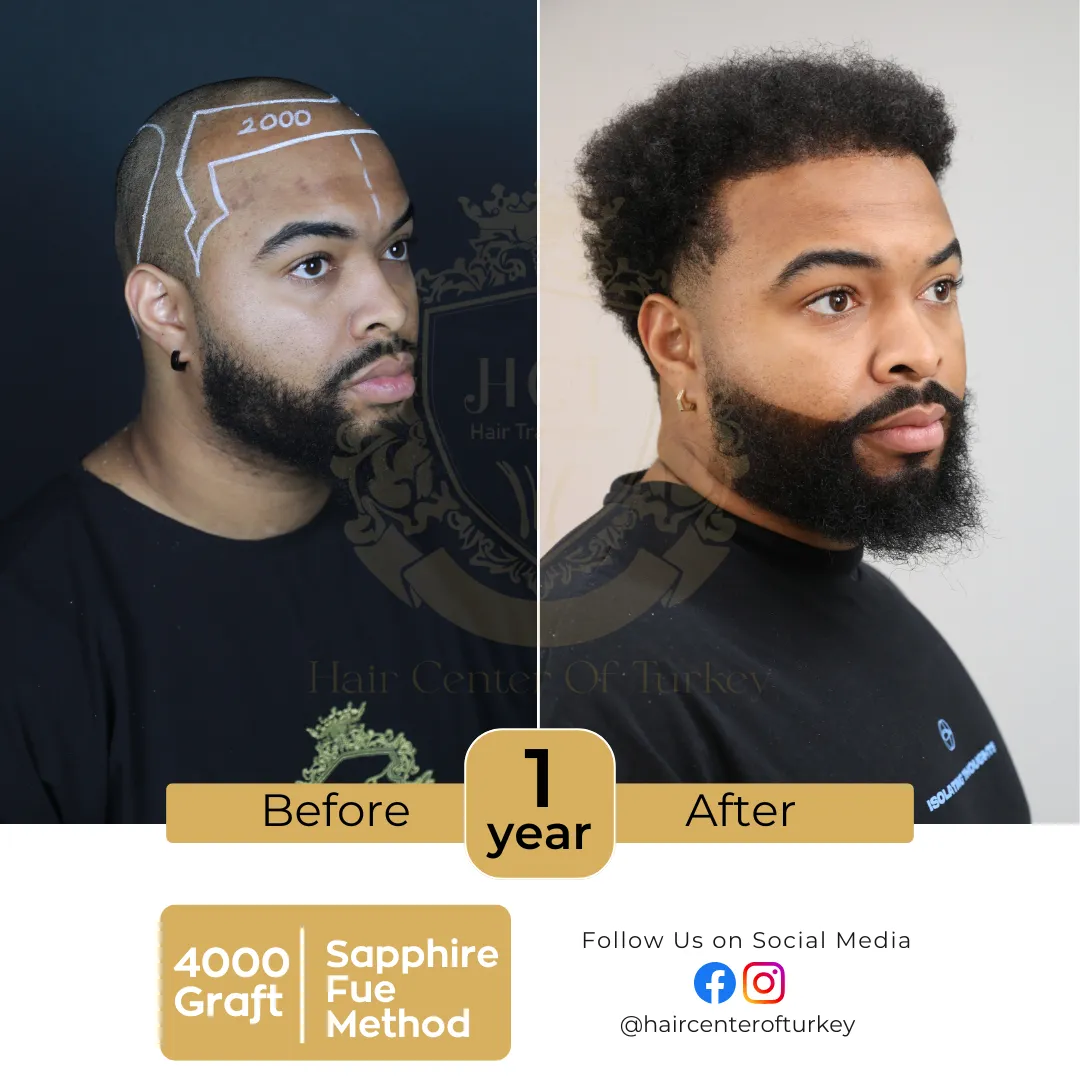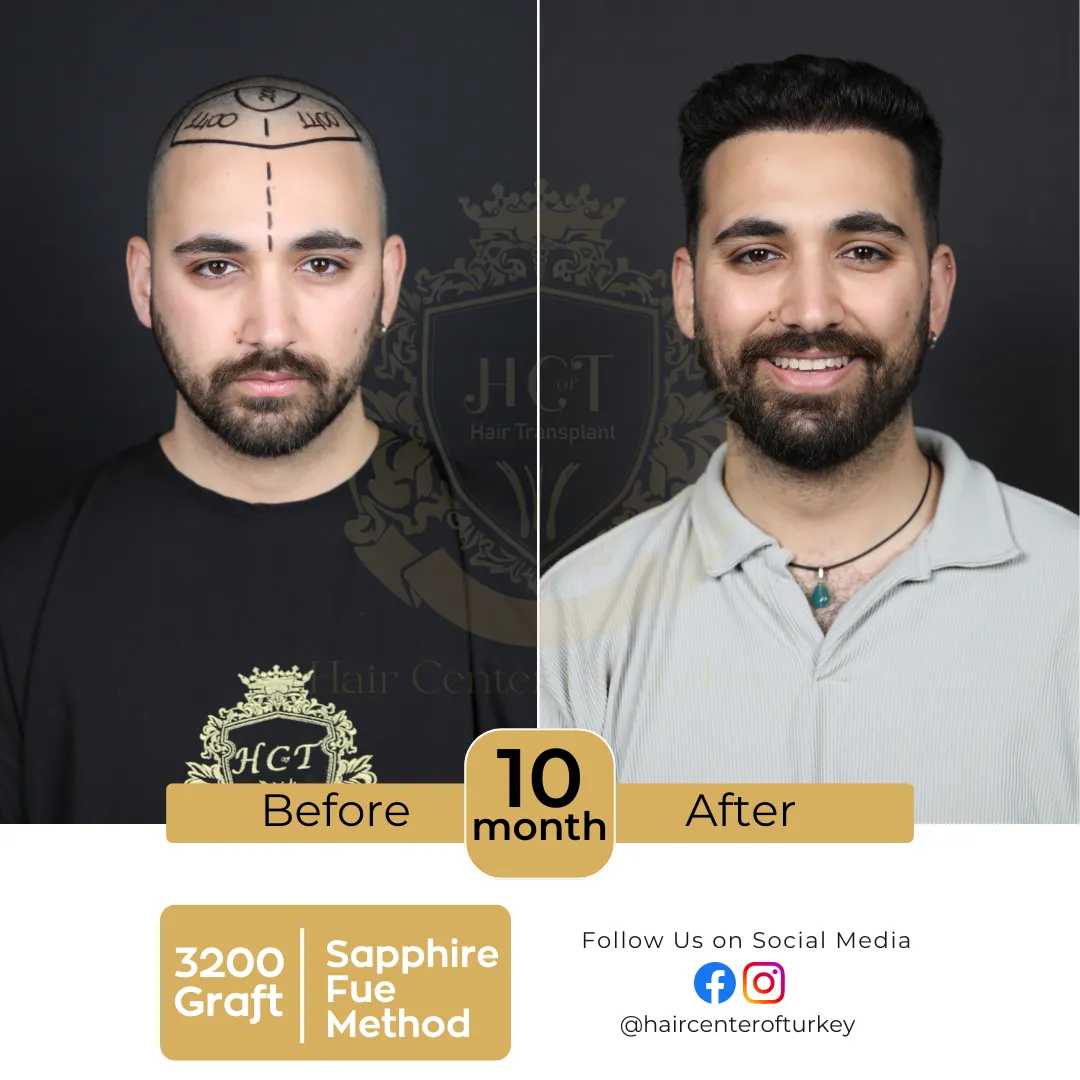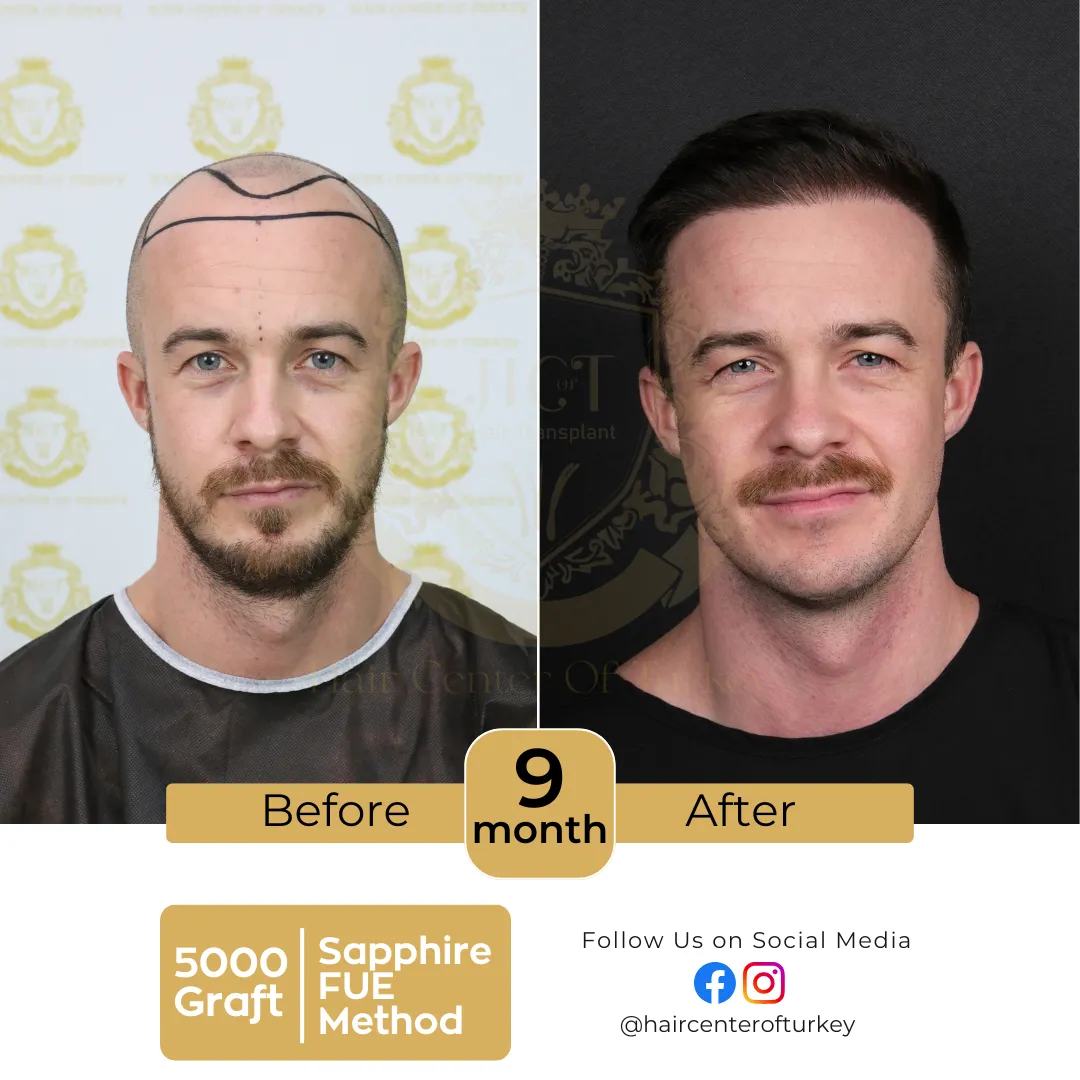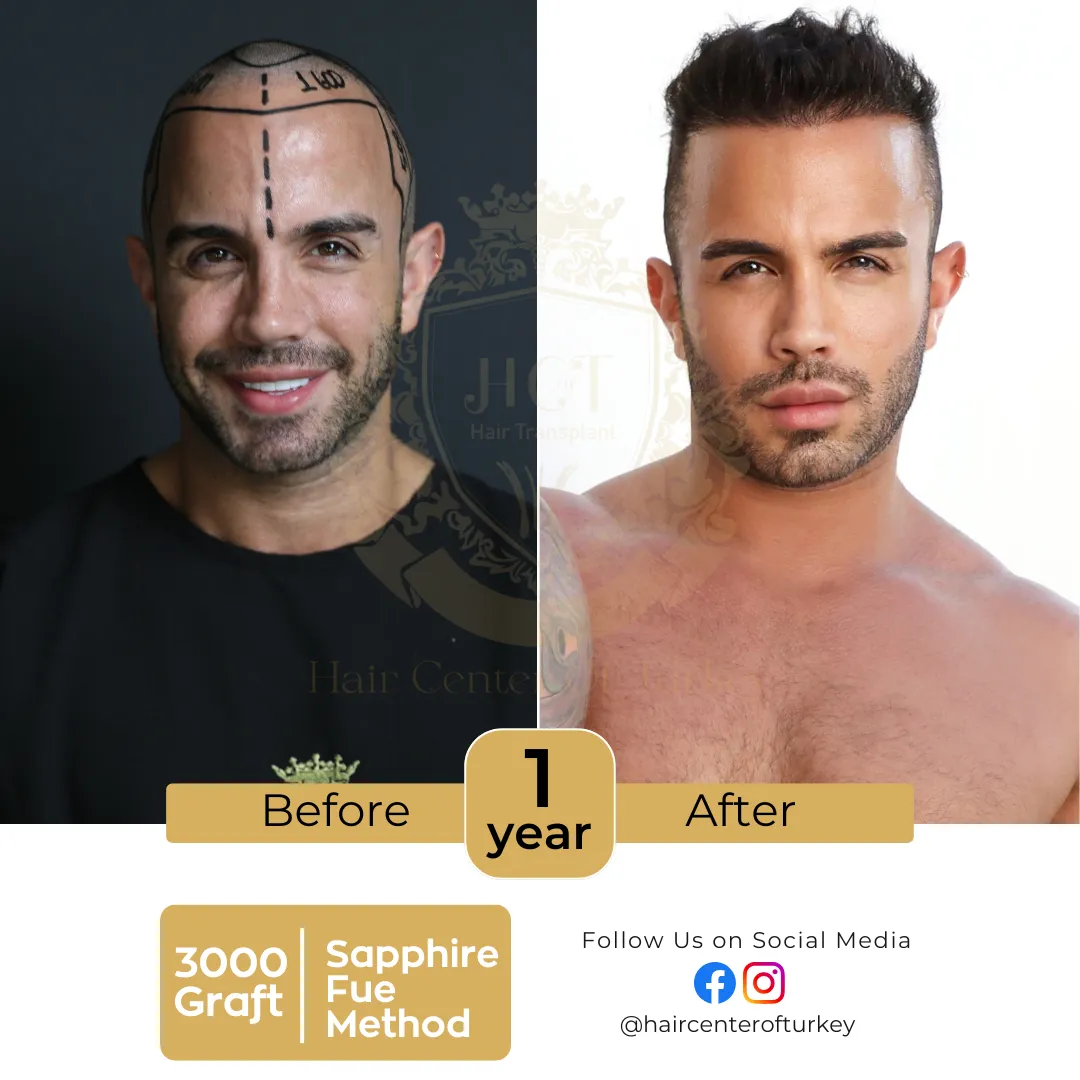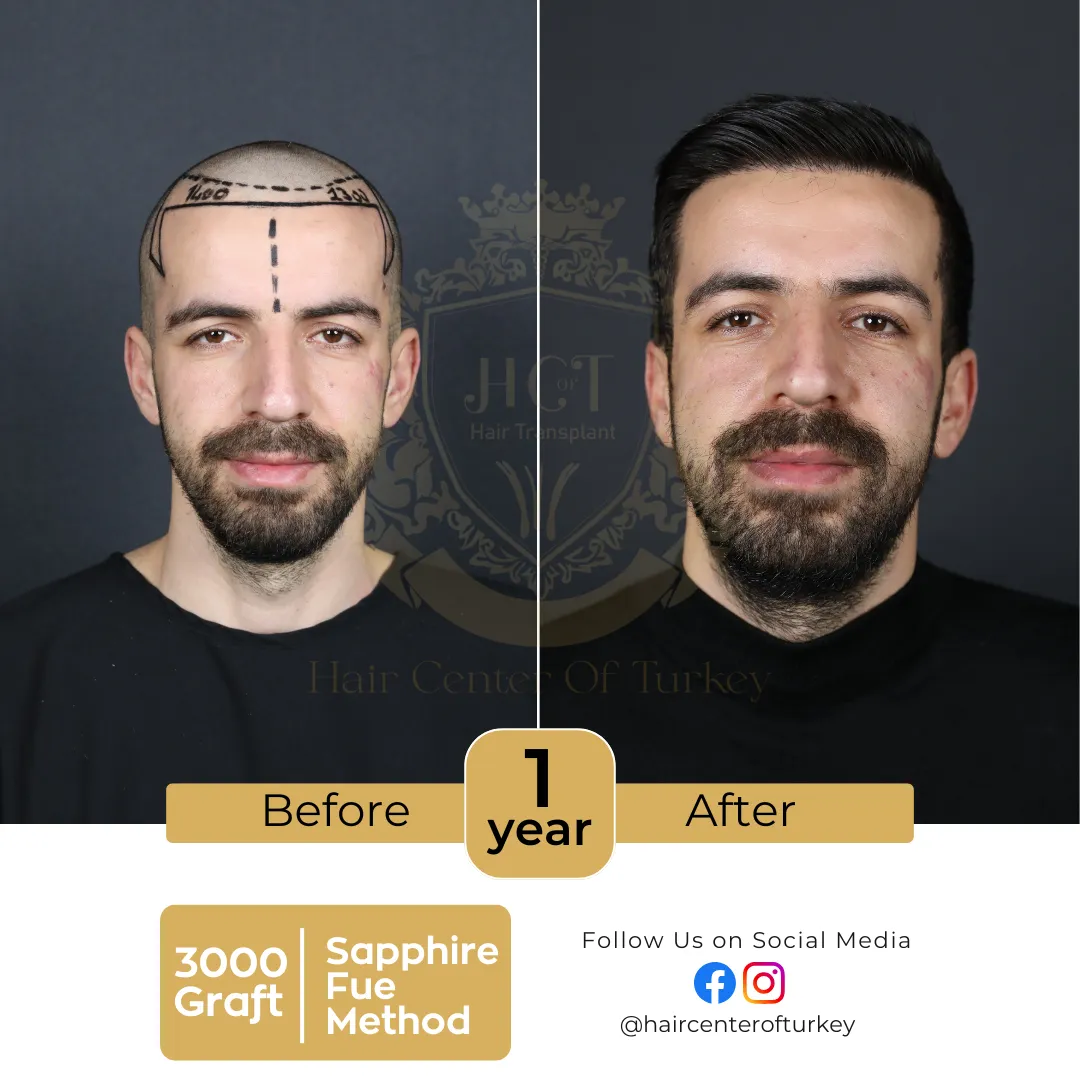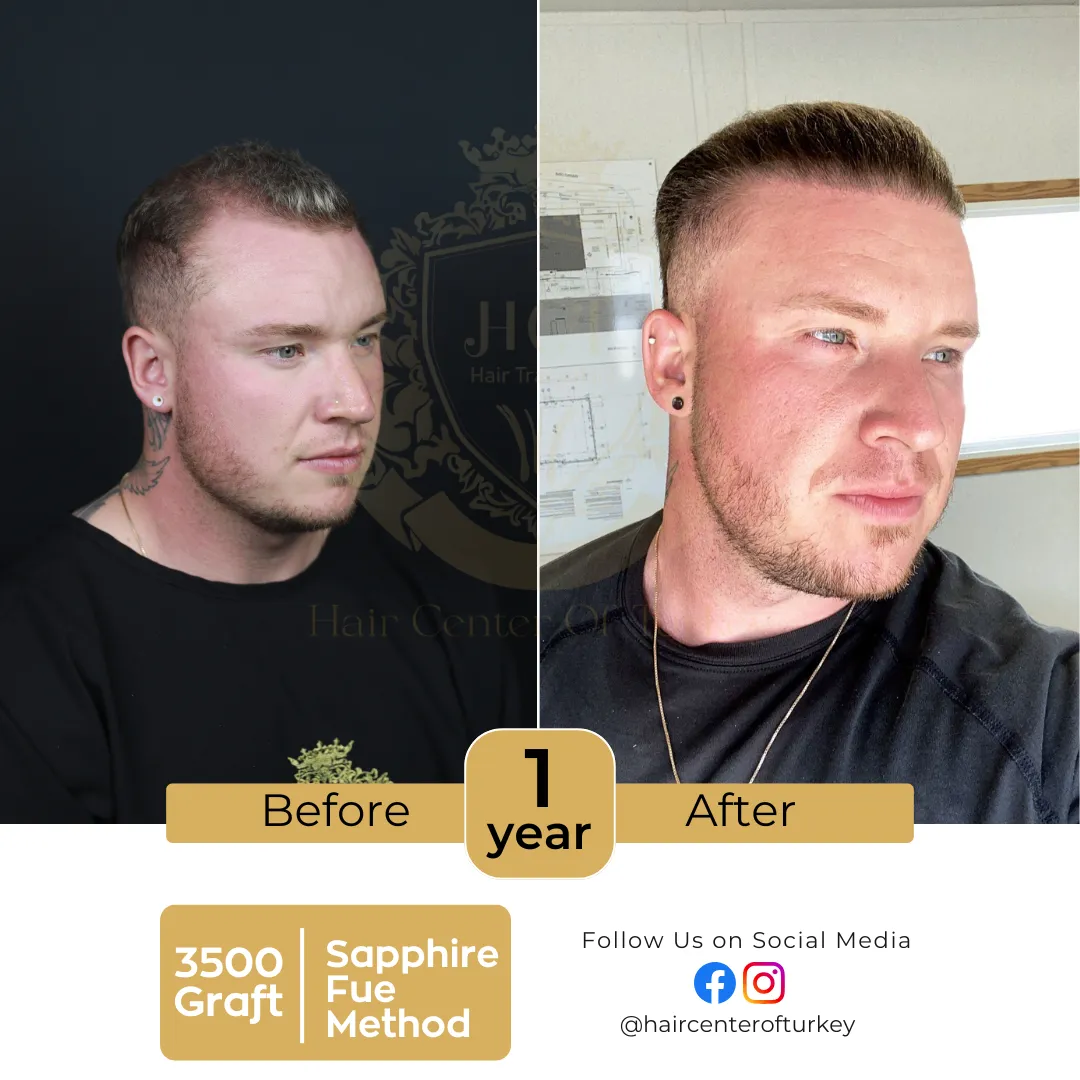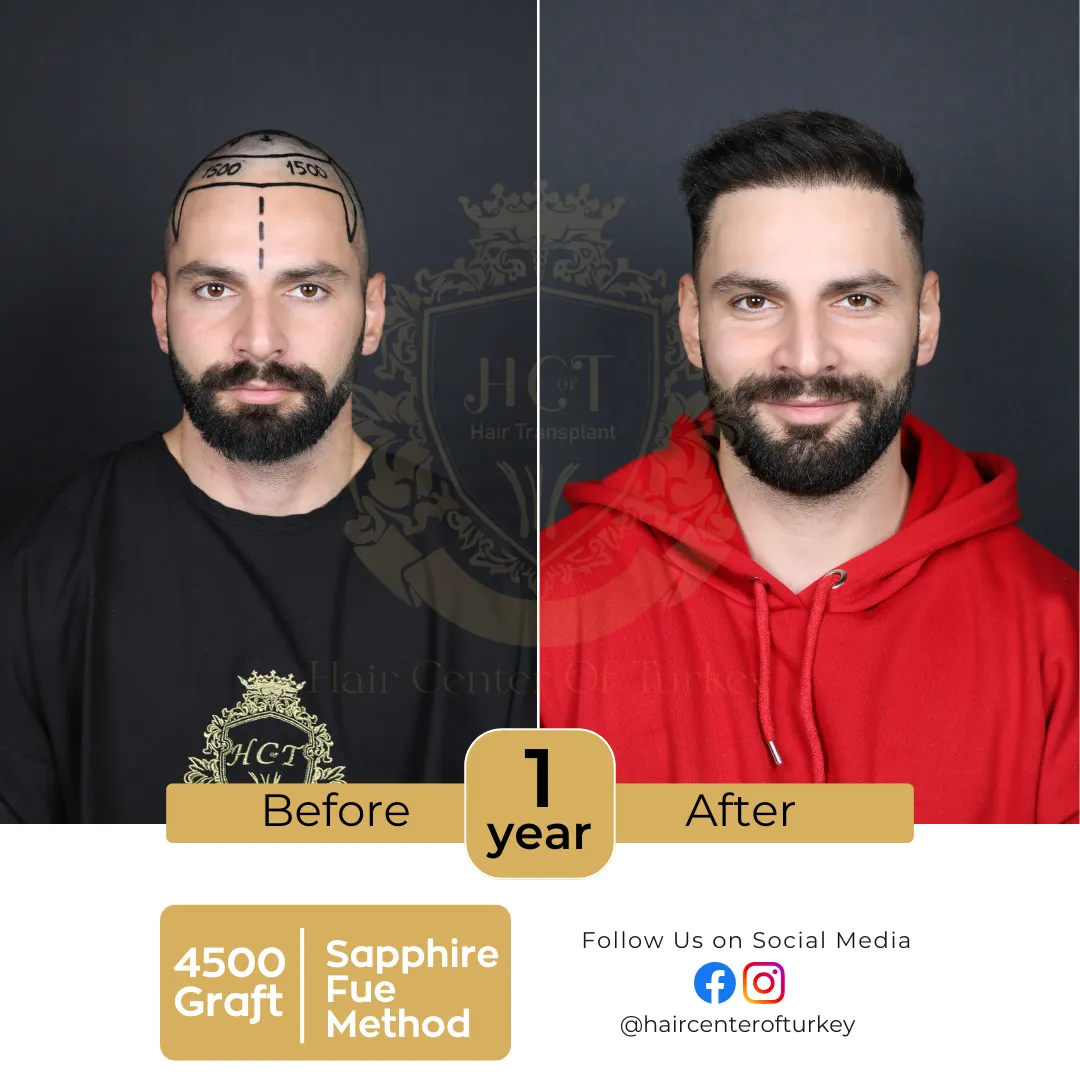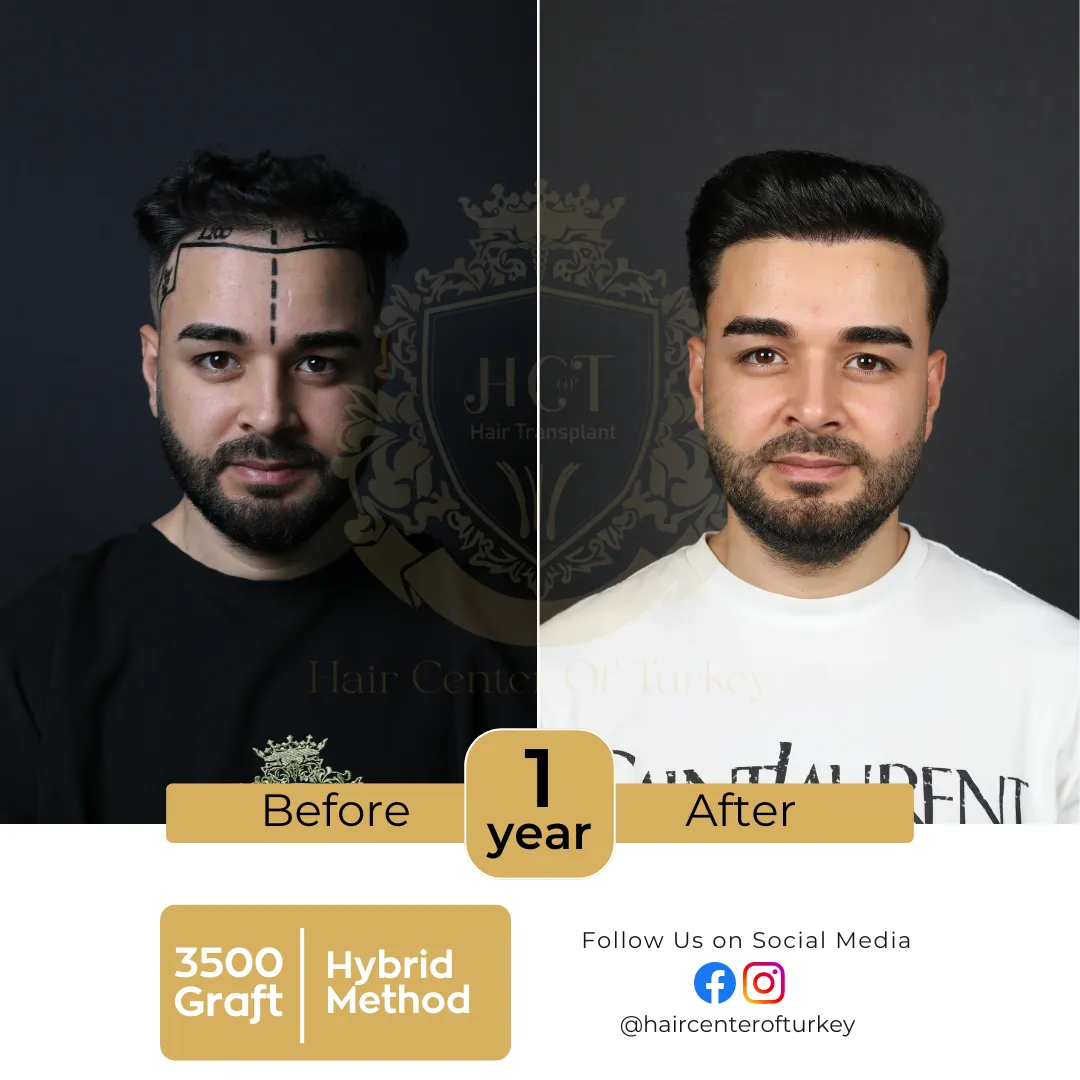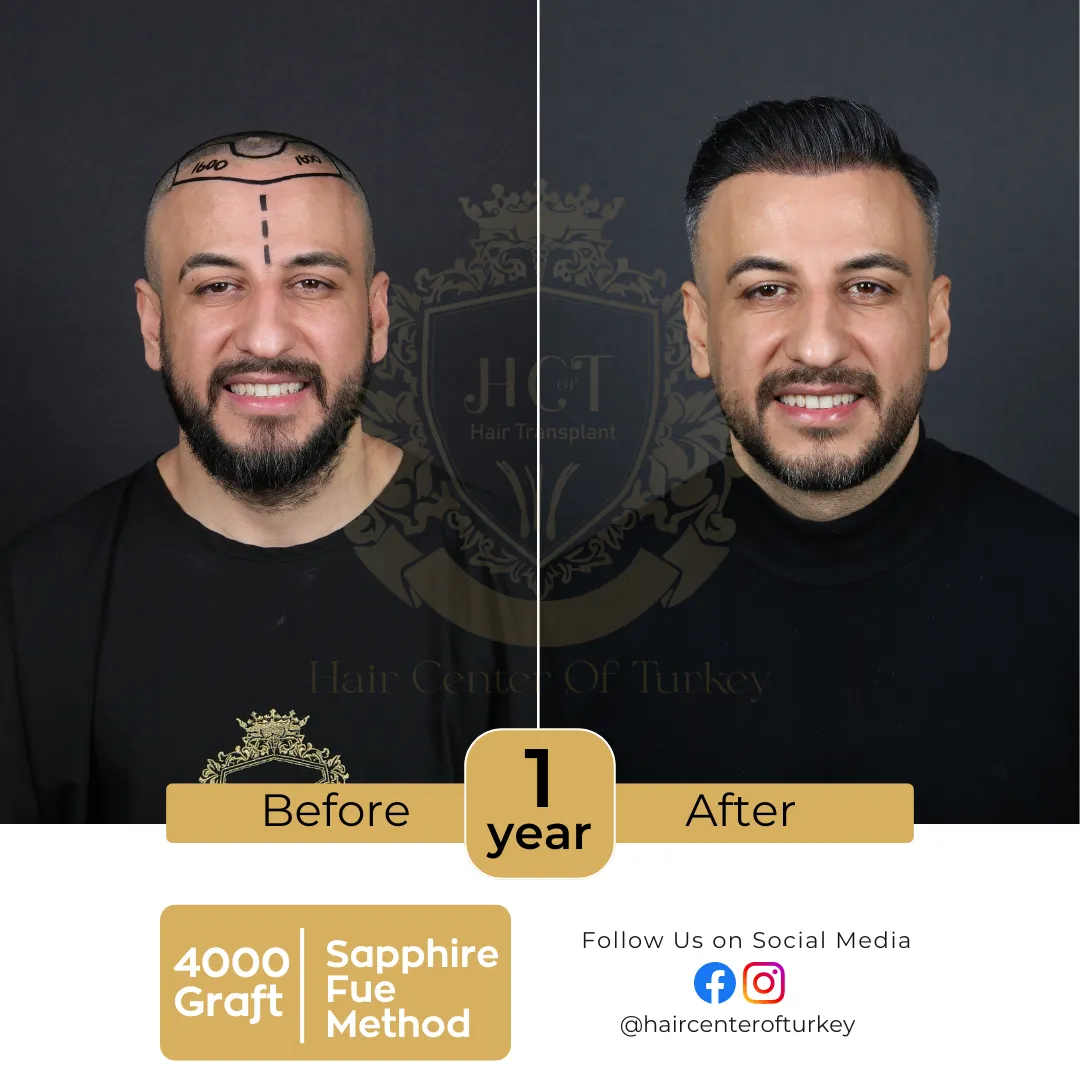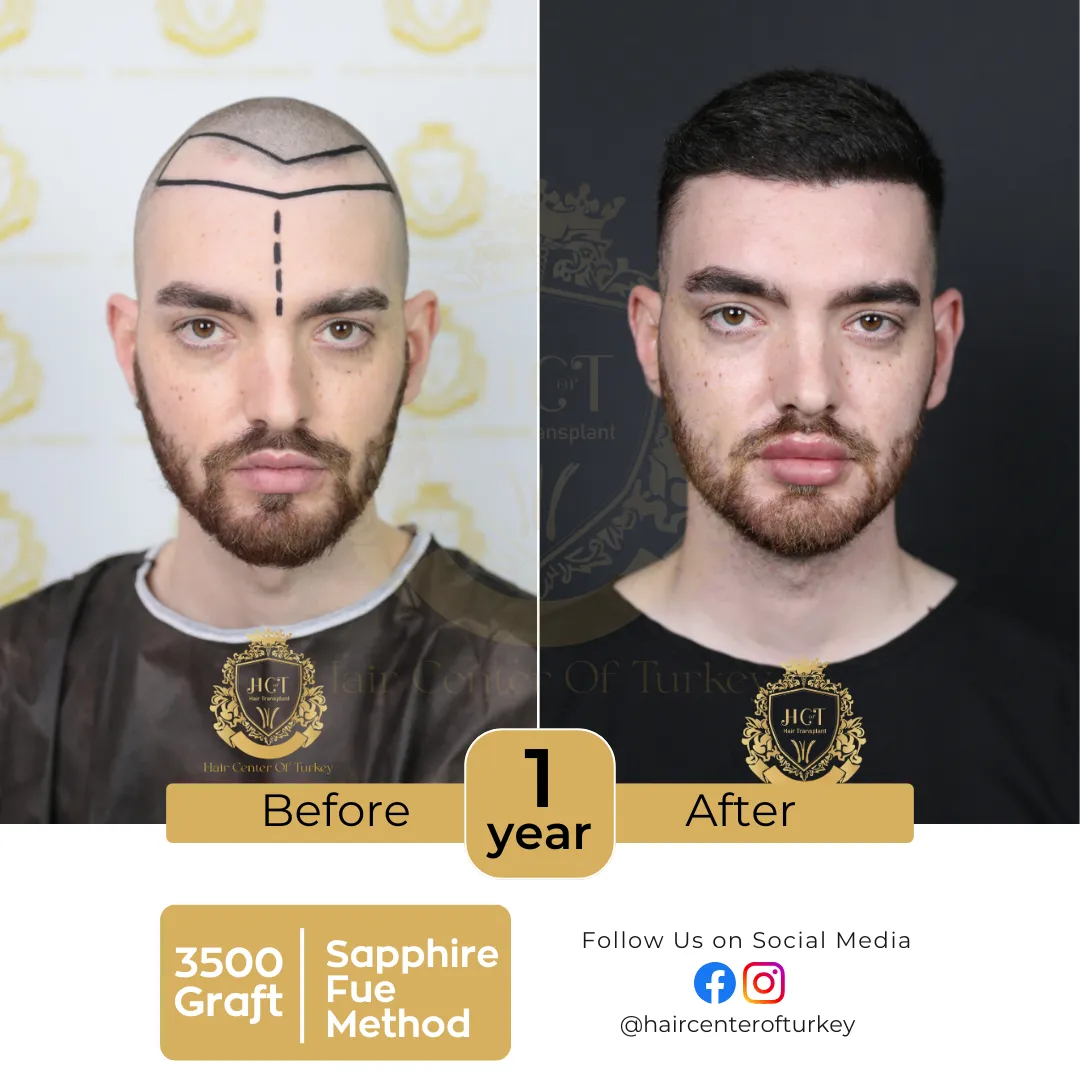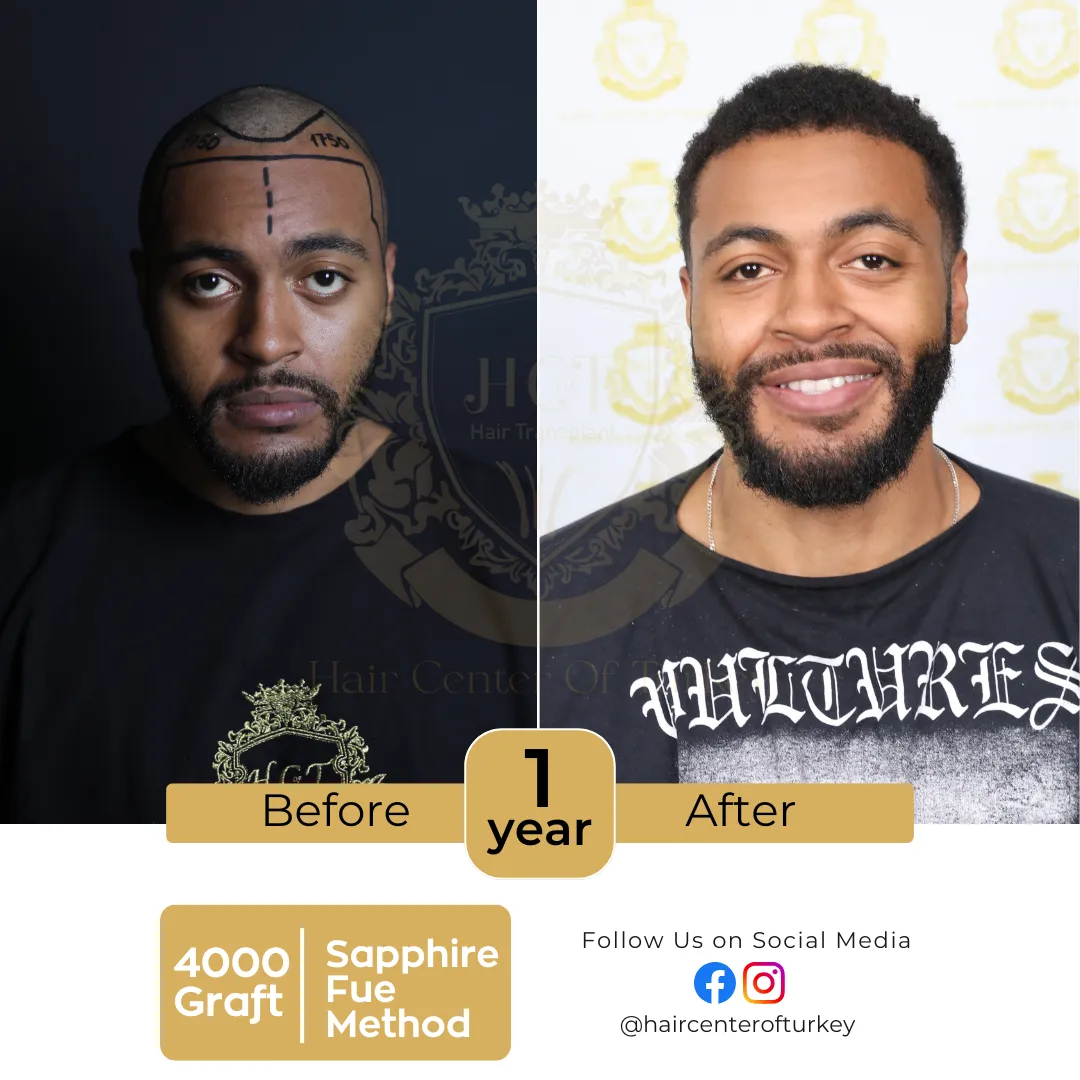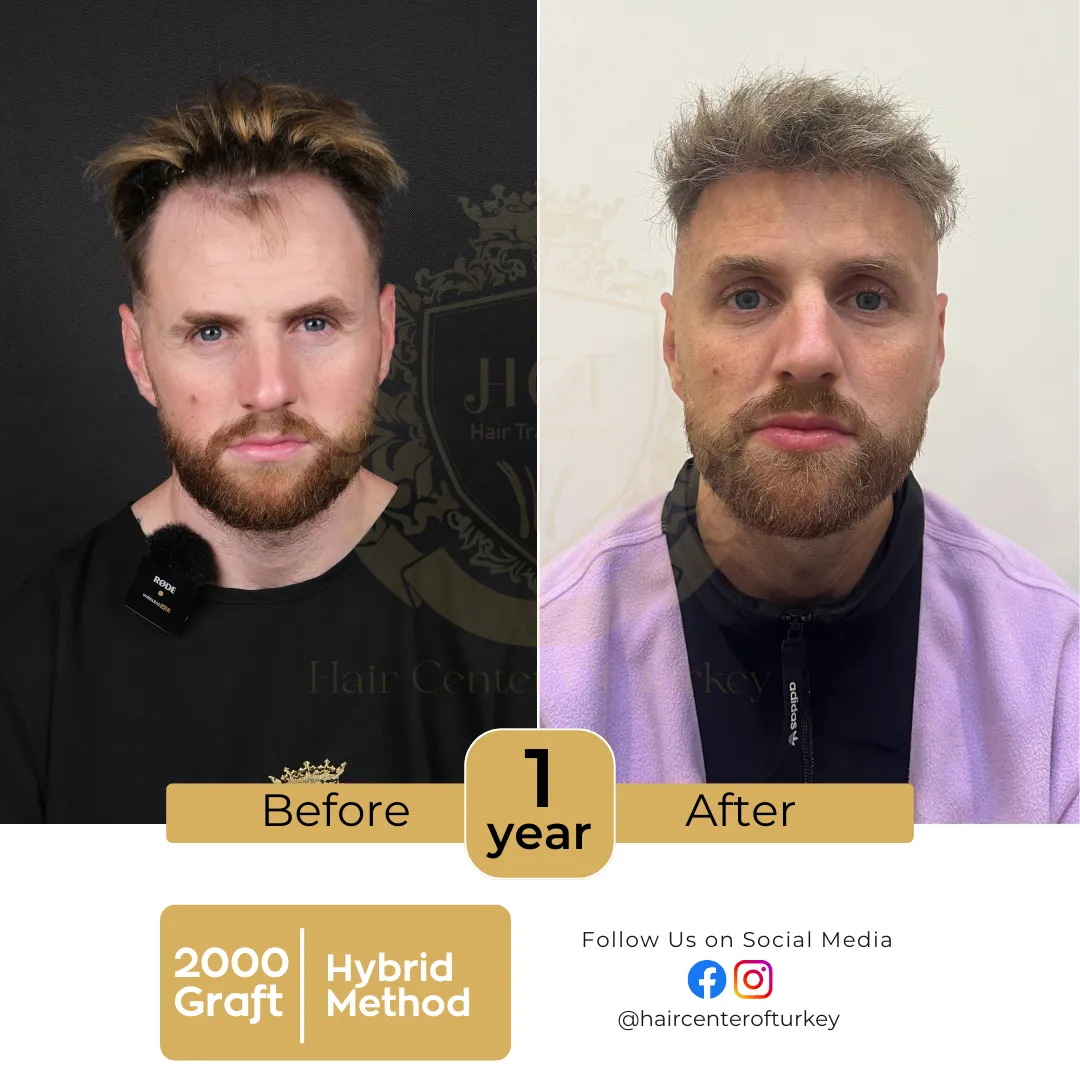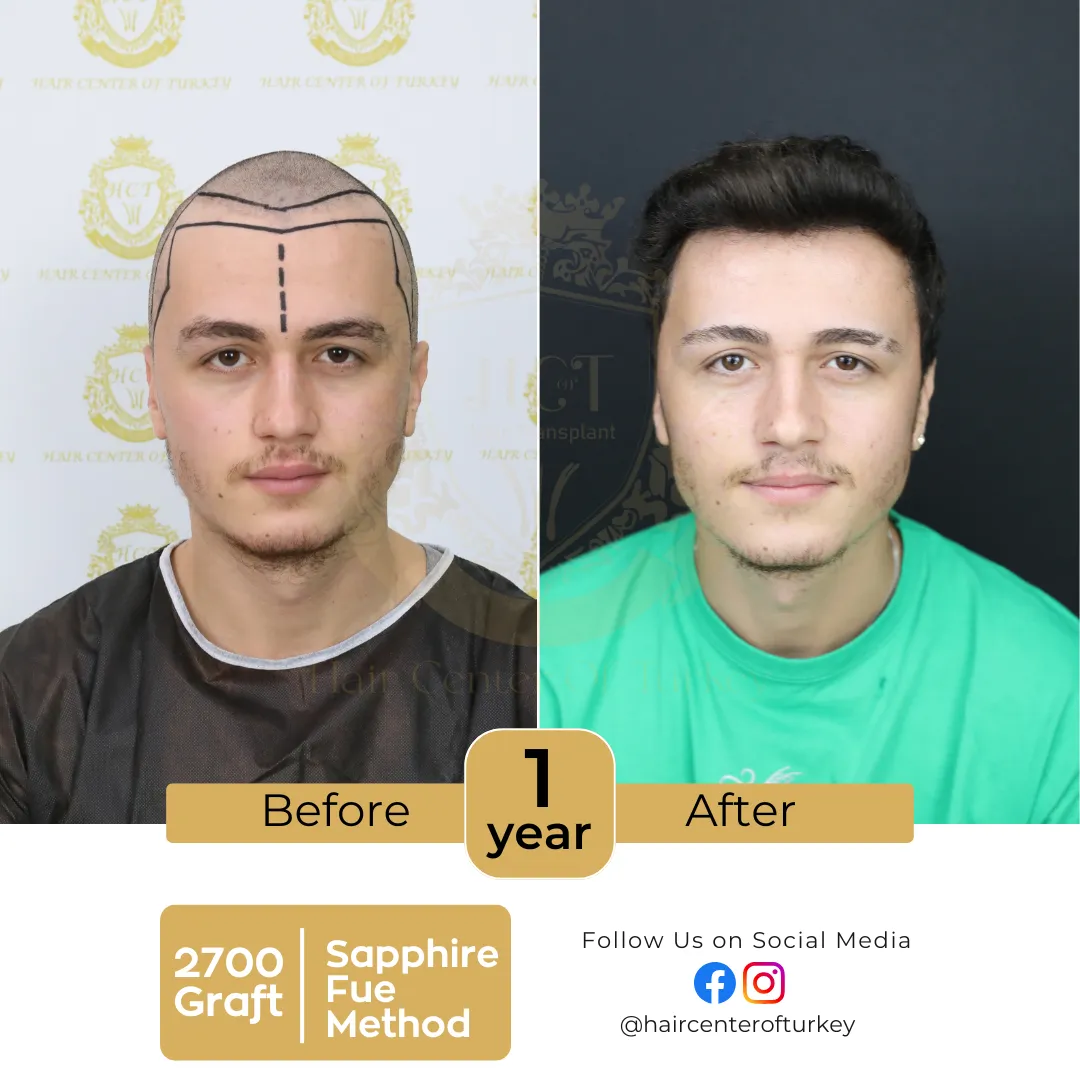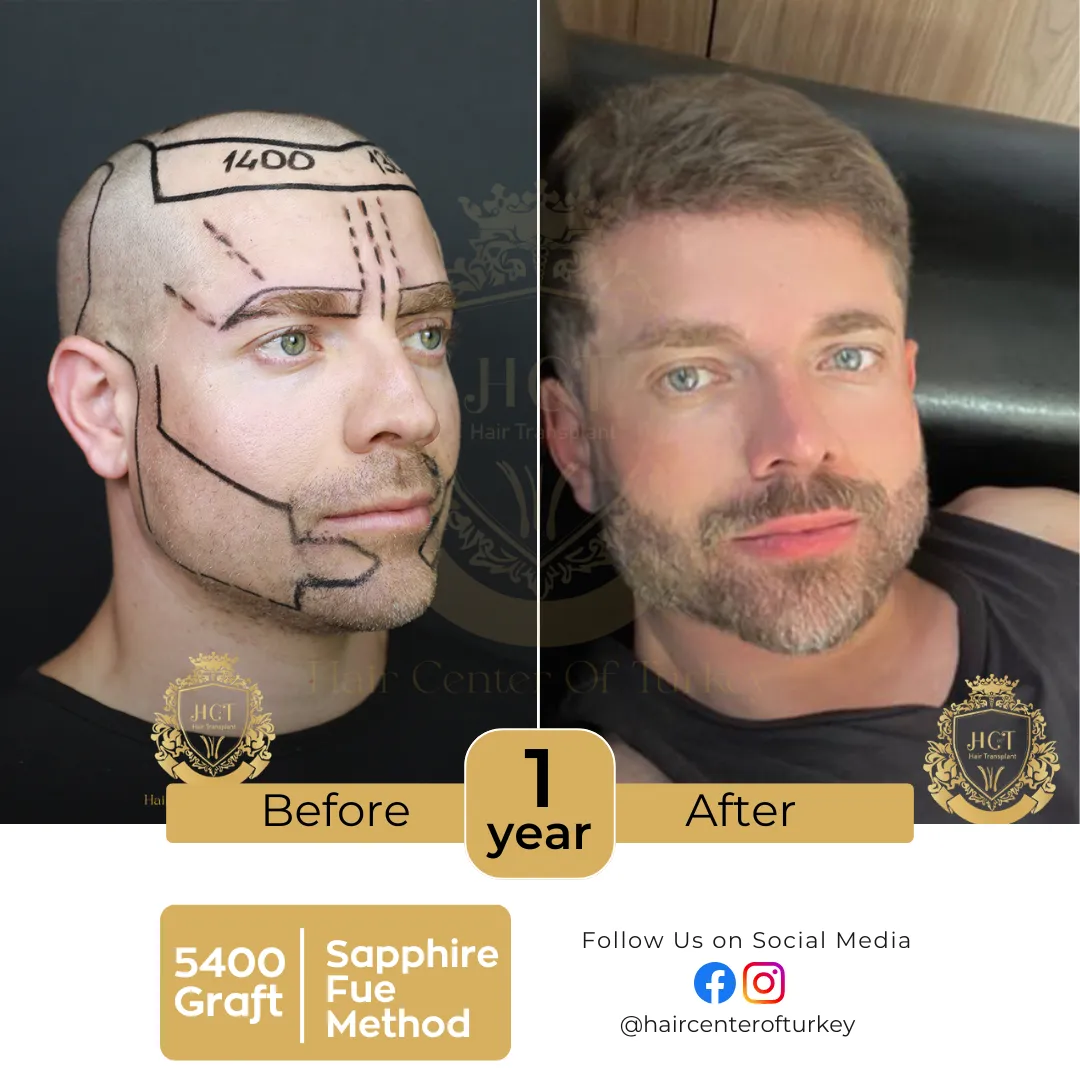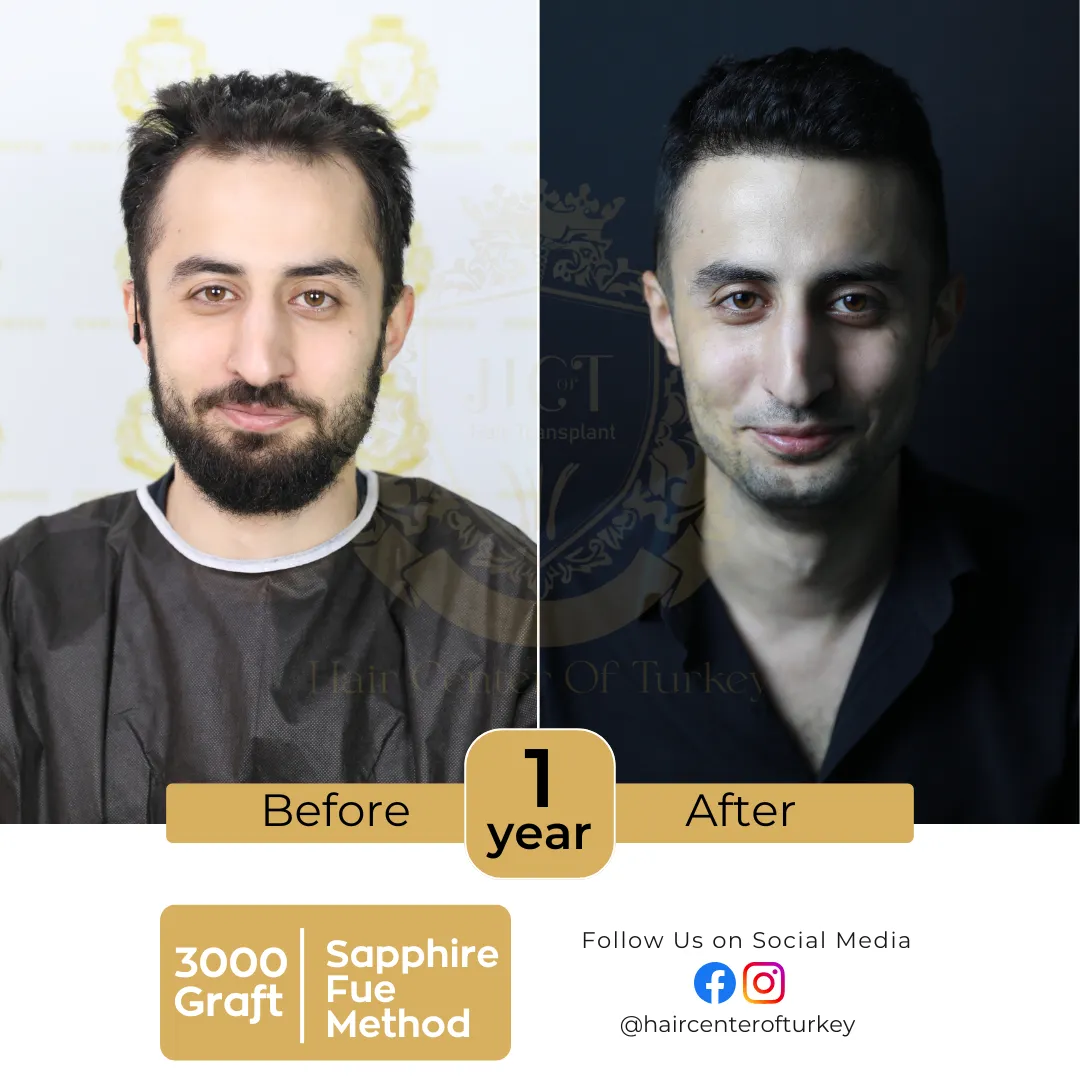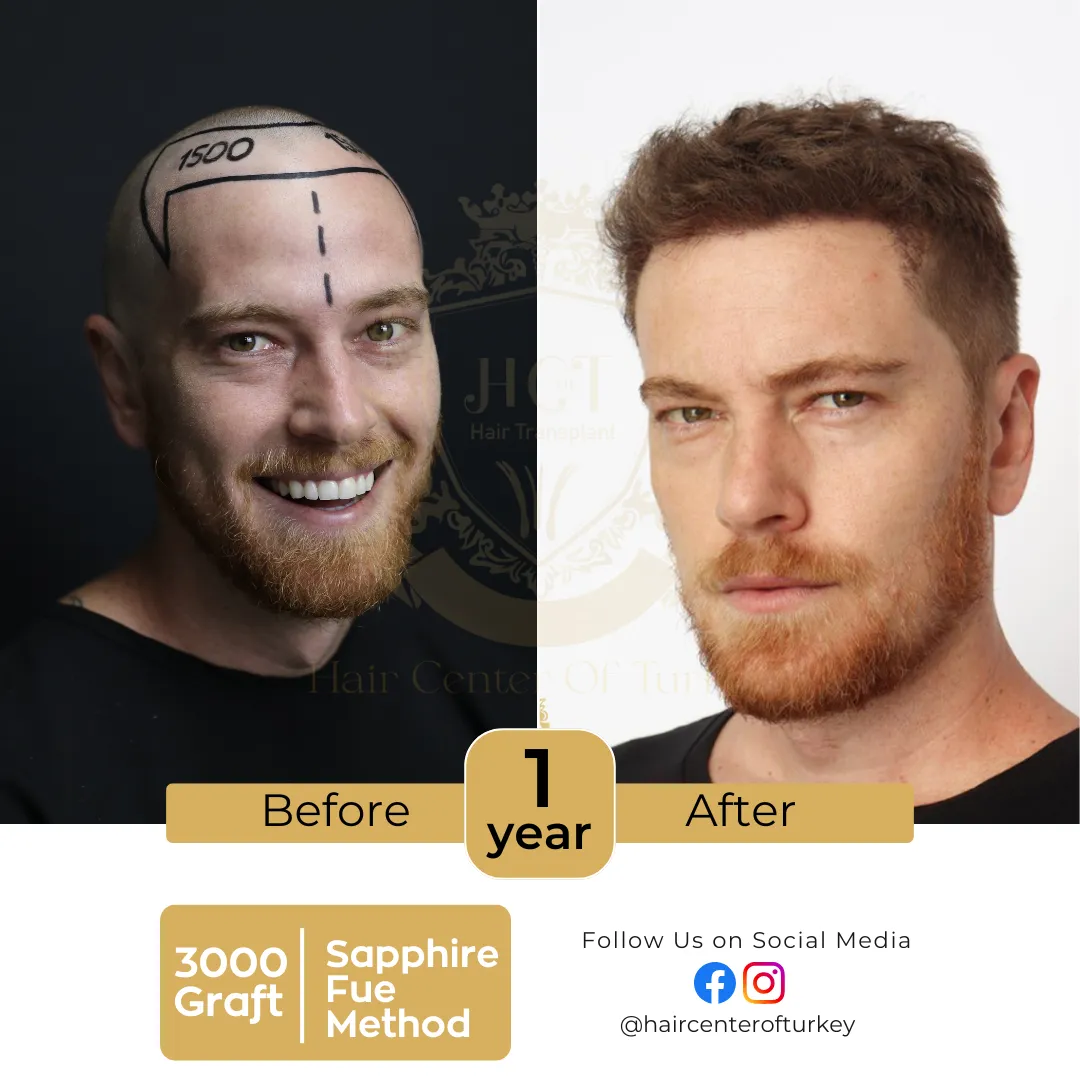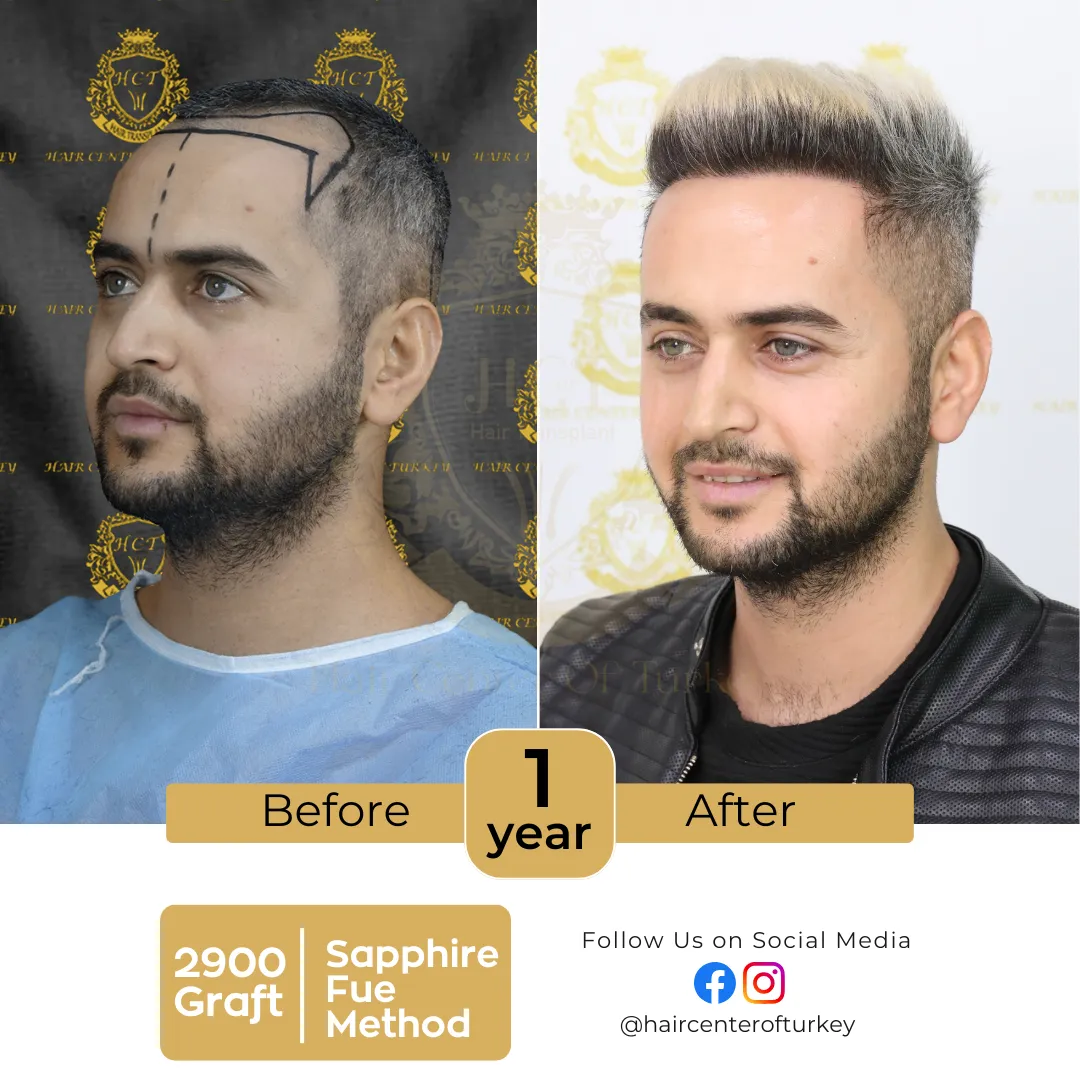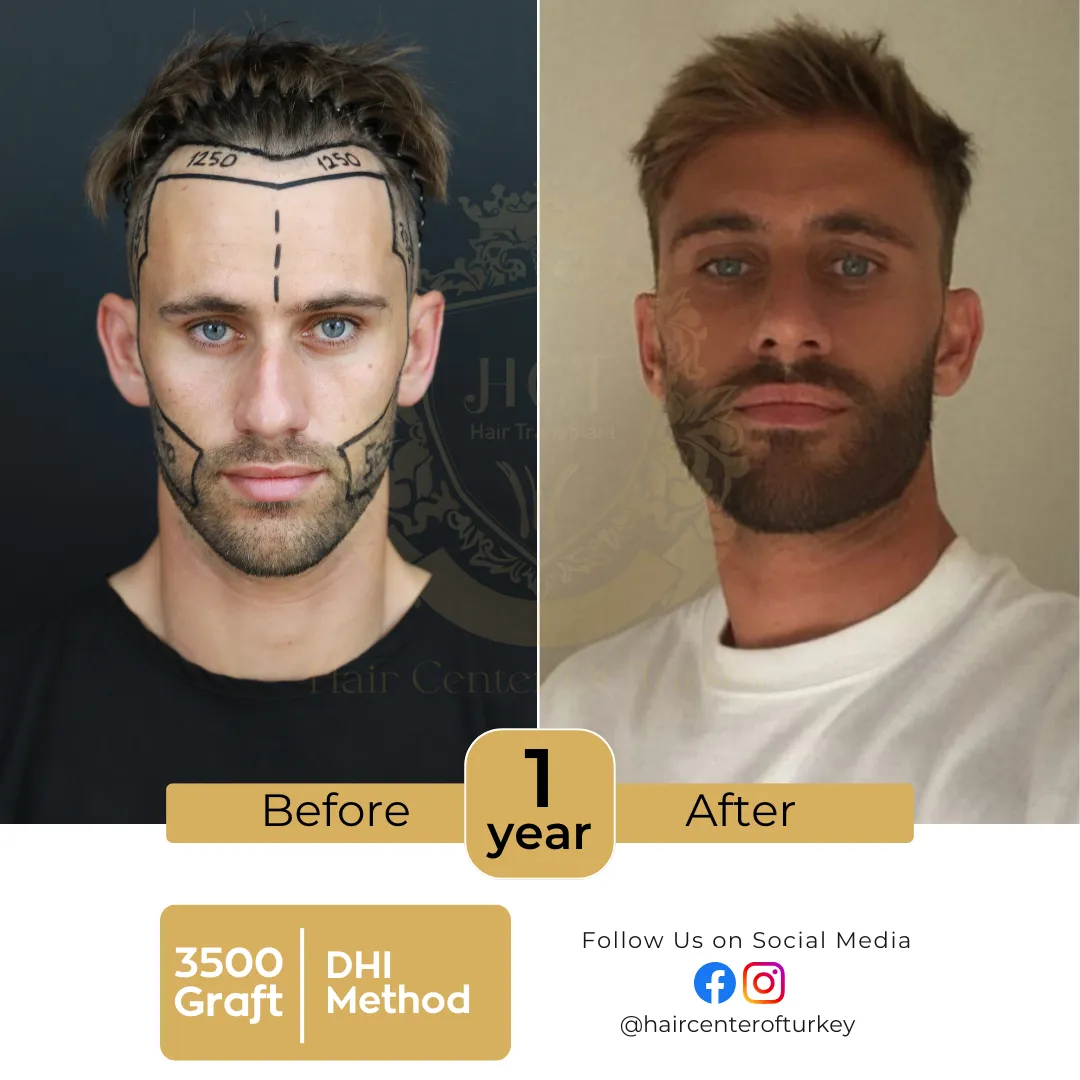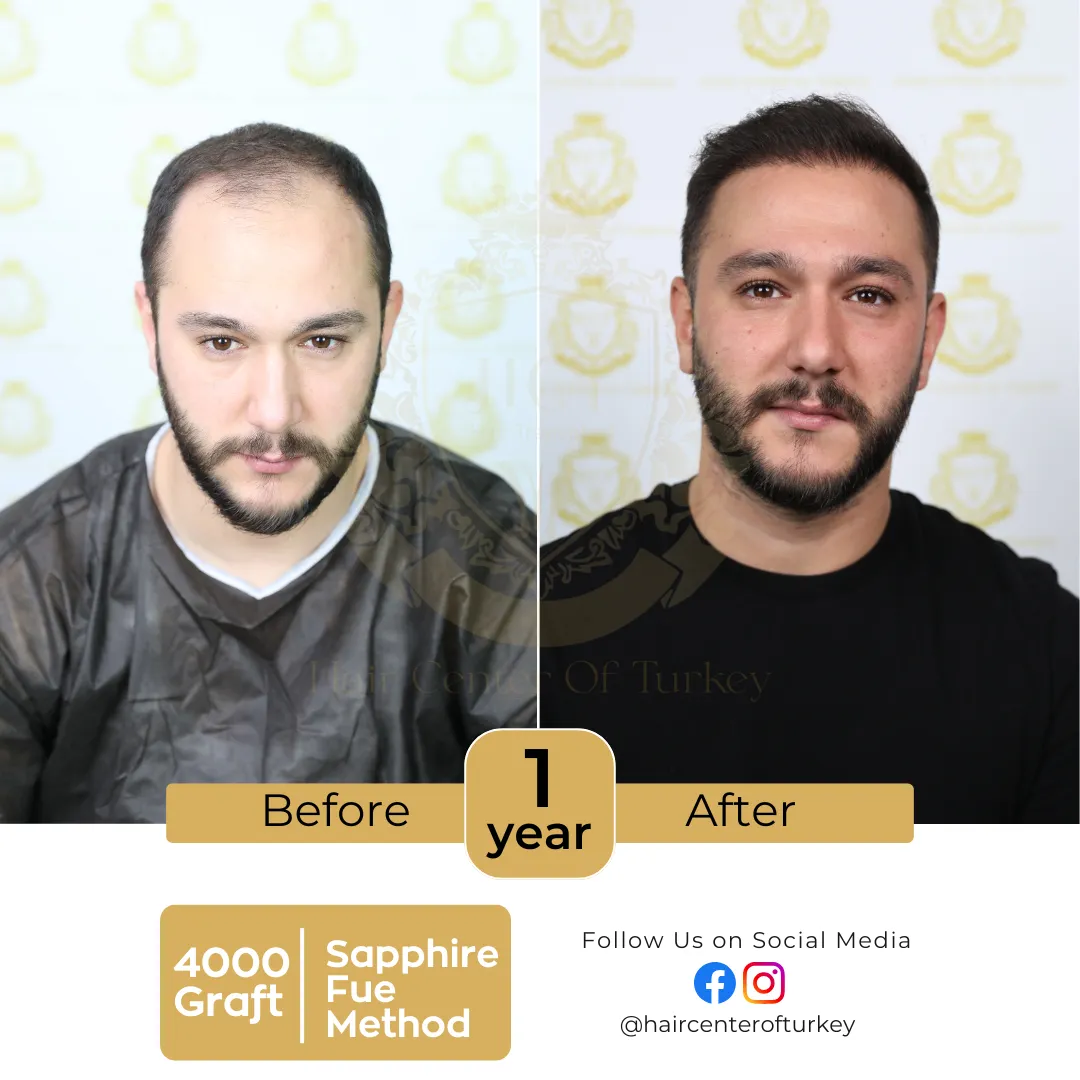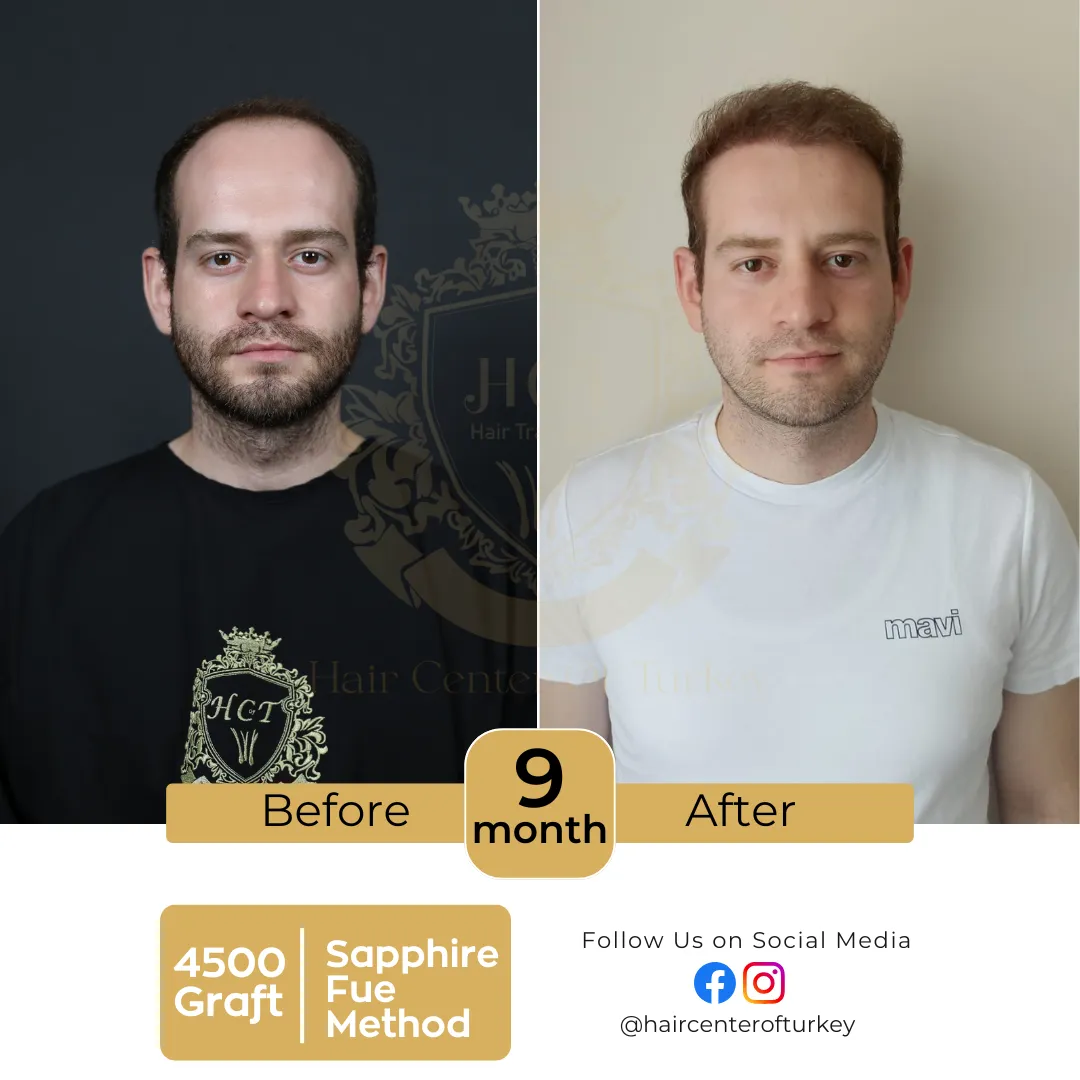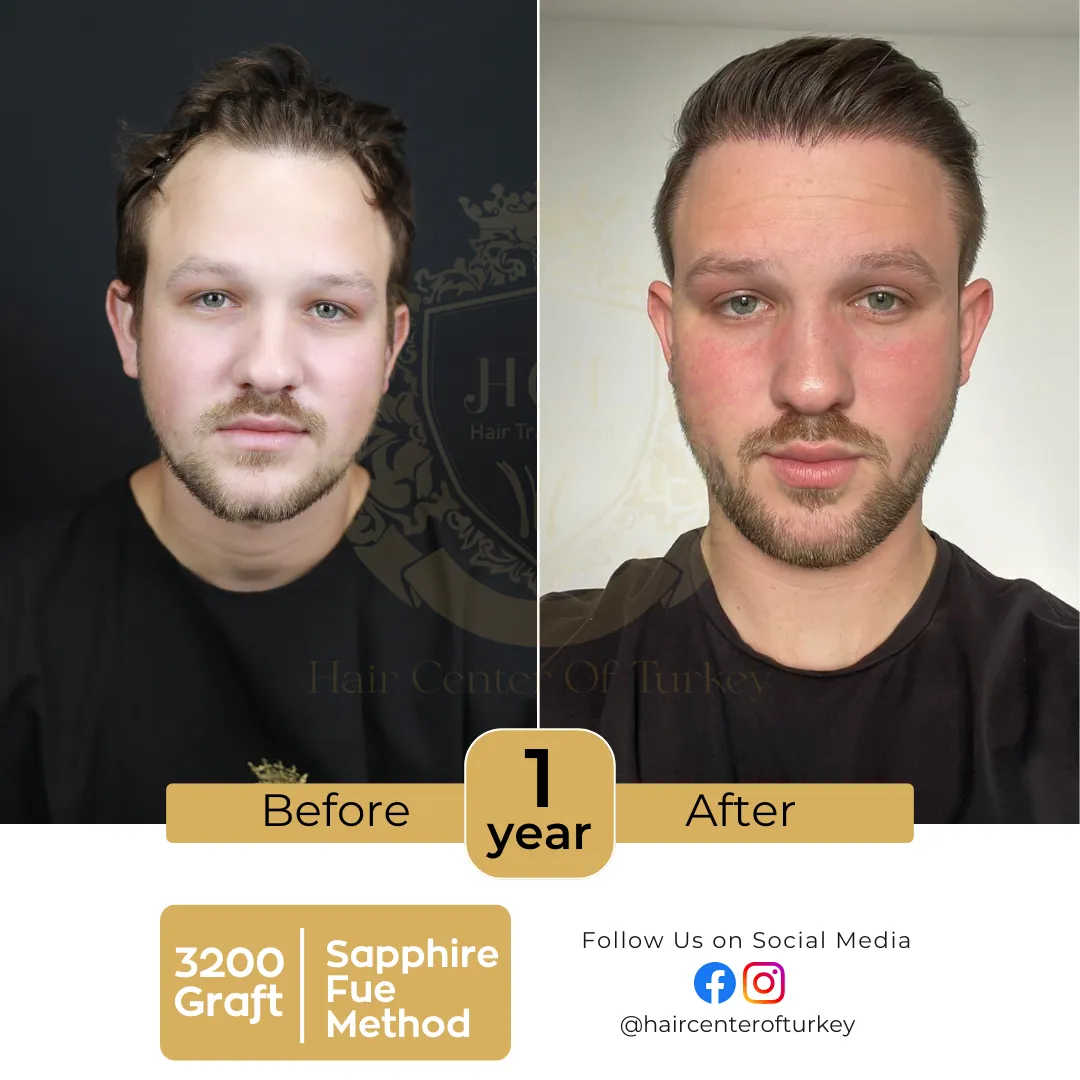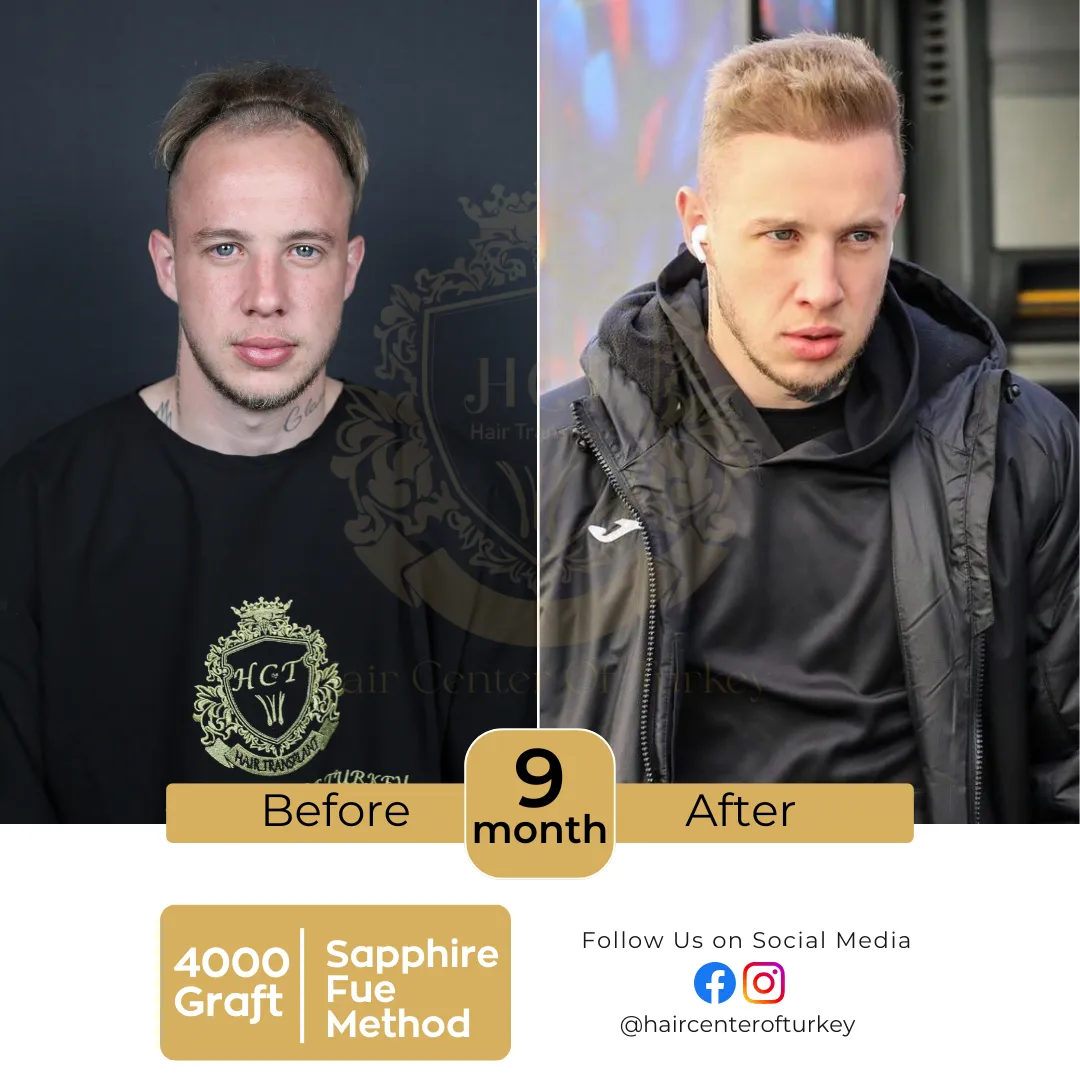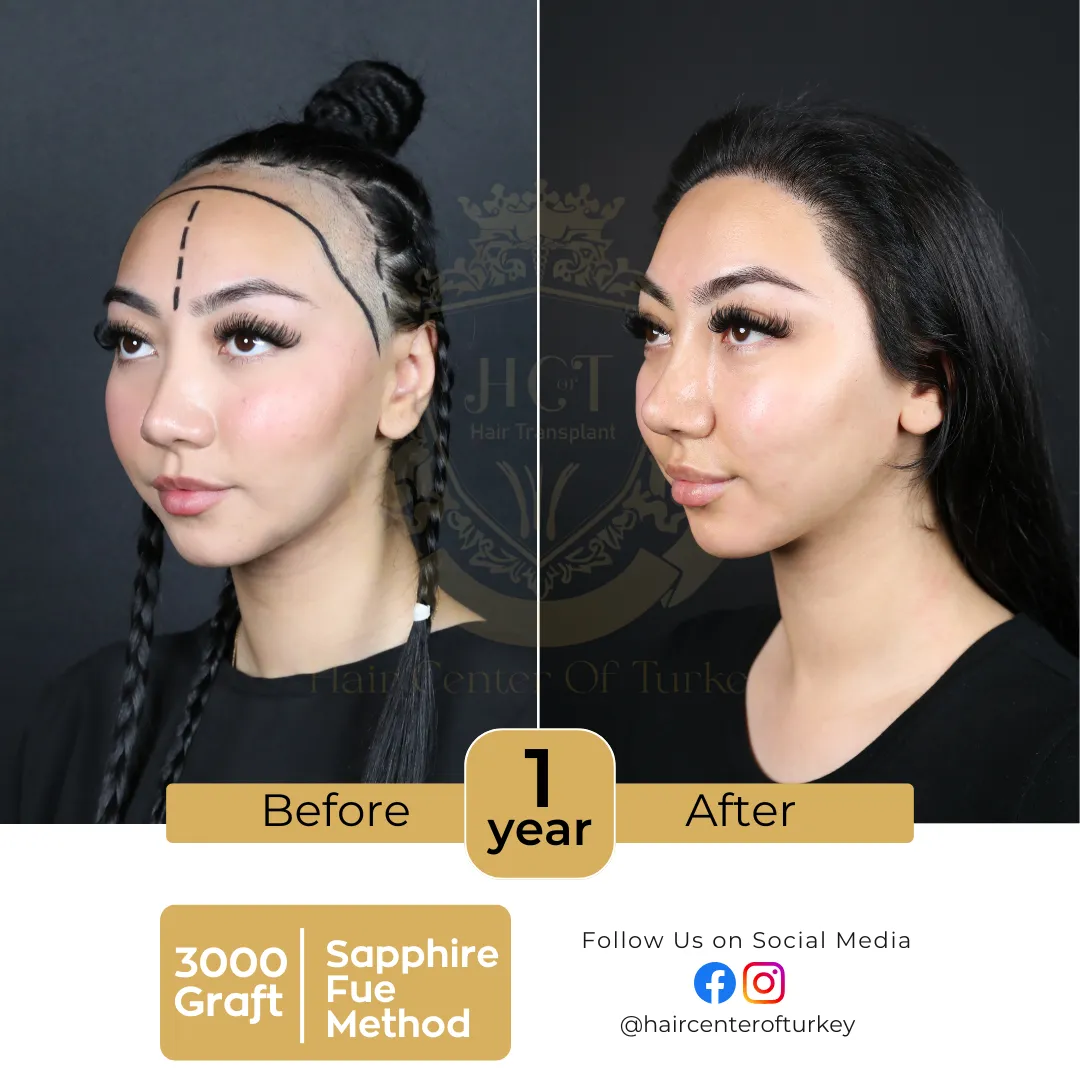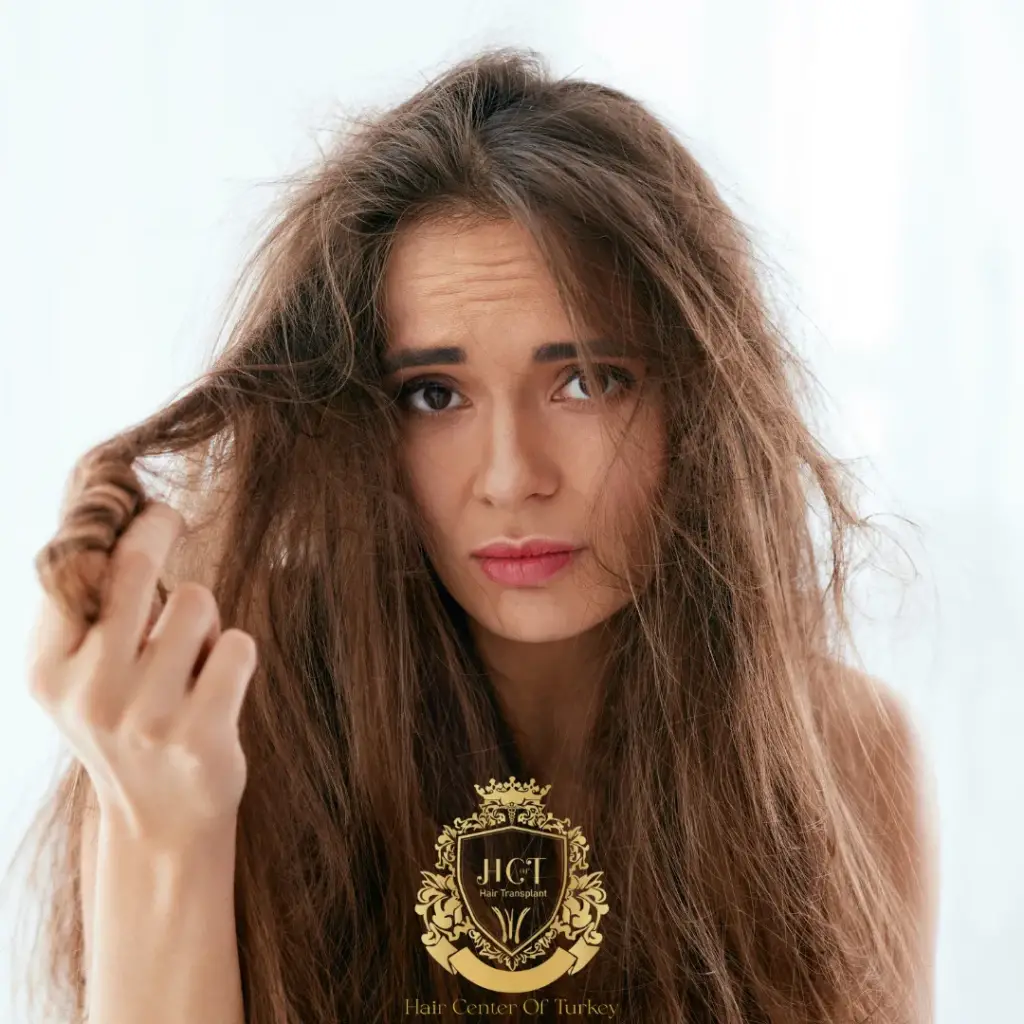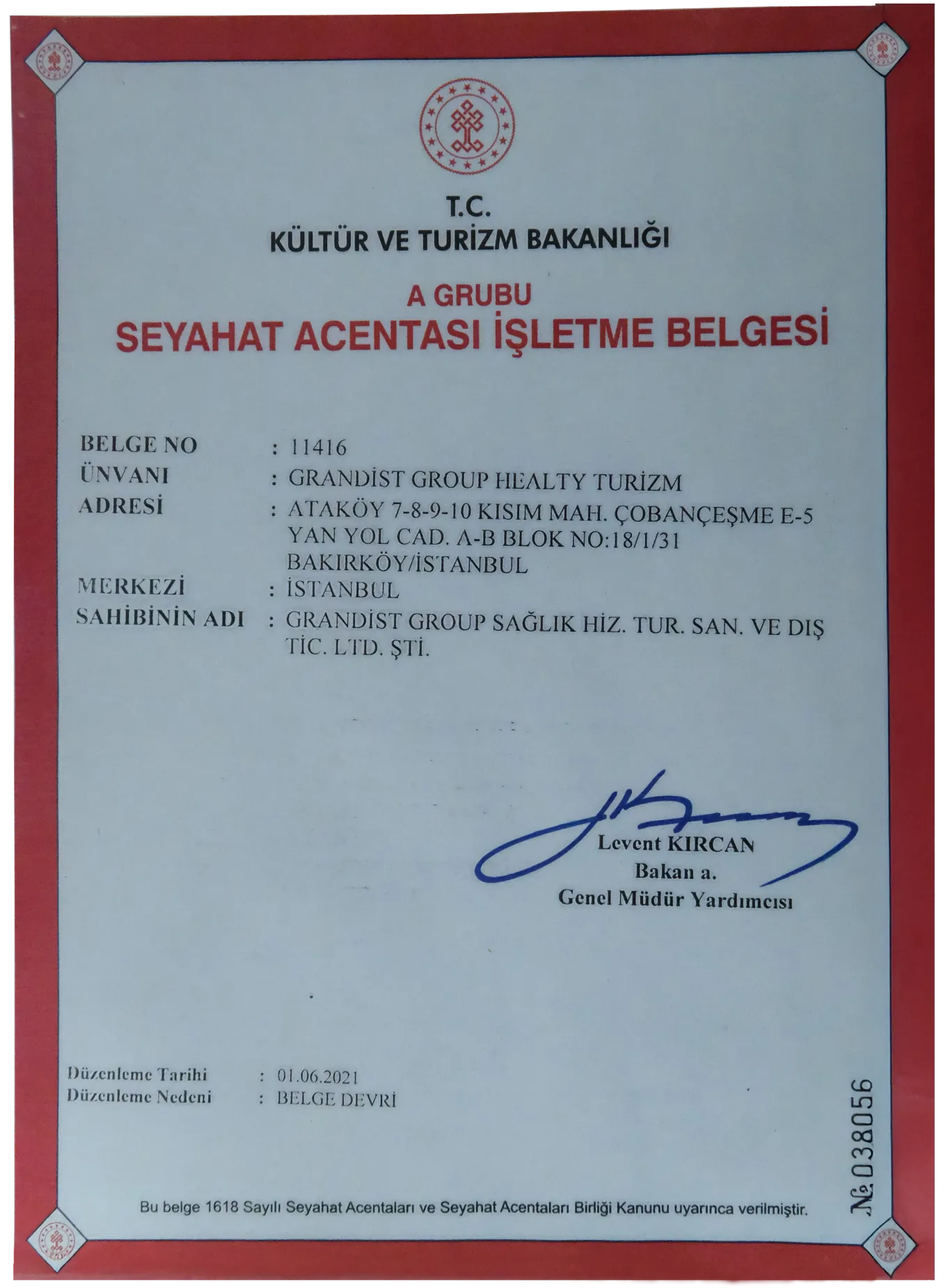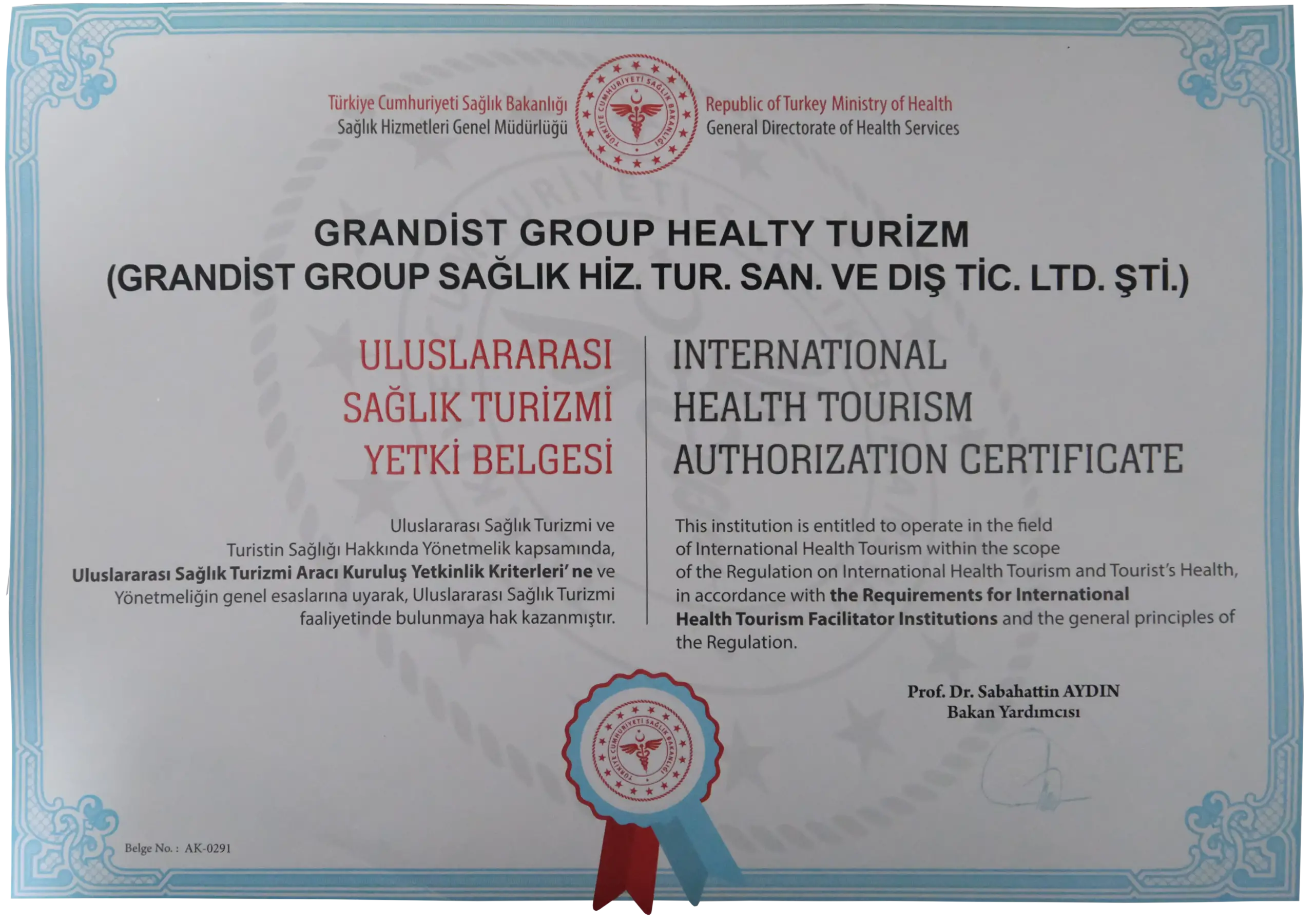Is ARTAS Robotic Transplant the Best Way to Restore Natural Hair?
Hair transplantation has seen remarkable advancements over the past two decades, with technology transforming what was once a manual, time-consuming process into a more precise and efficient one. One such innovation is the ARTAS Robotic Hair Transplant System—a computer-assisted technique designed to enhance accuracy, consistency, and recovery time. But is it truly the best method to restore natural-looking hair? In this article, we’ll explore how the ARTAS system works, its benefits and limitations, and whether it stands above other modern hair transplant techniques.
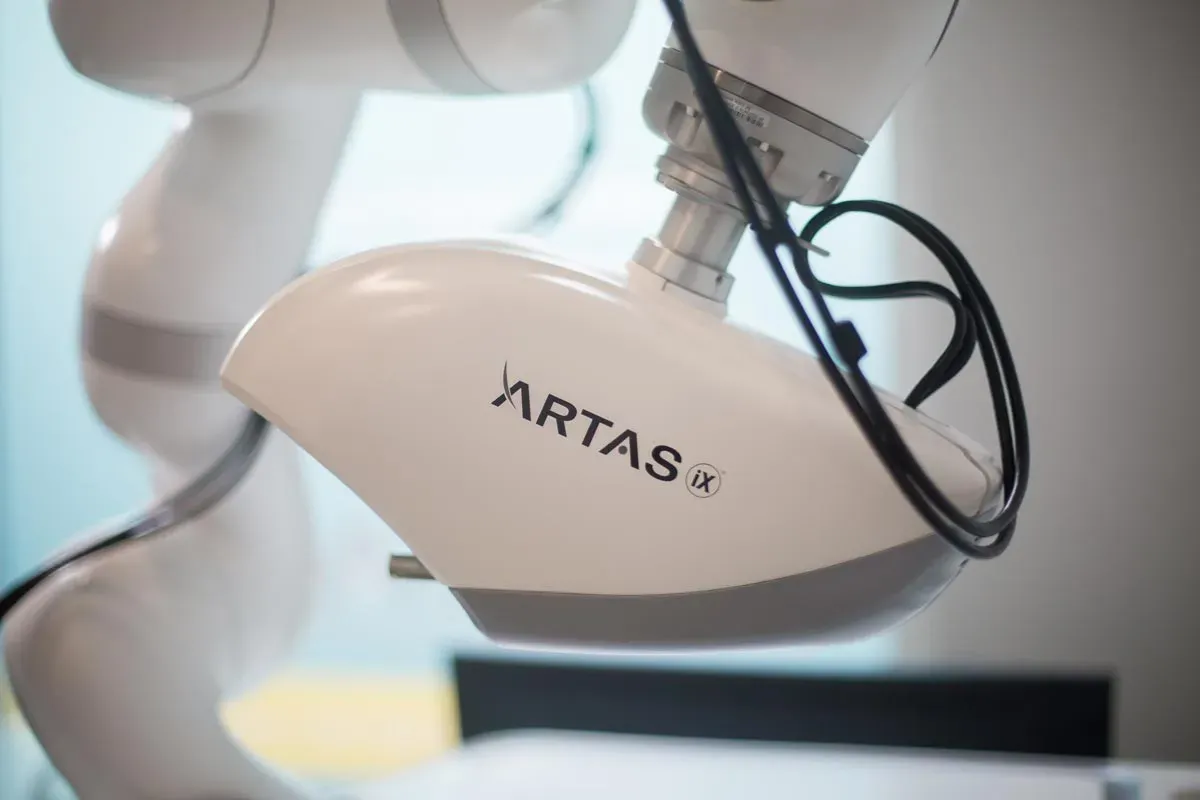
What Is the ARTAS Robotic Hair Transplant System?
The ARTAS system is an FDA-cleared robotic device that automates key parts of the Follicular Unit Extraction (FUE) hair transplant process. It uses advanced imaging technology, artificial intelligence, and robotic arms to identify and harvest individual hair follicles from the donor area, typically the back of the scalp. These follicles are then implanted manually or with precision assistance to create a natural hairline.
Unlike traditional FUE, where the surgeon manually extracts each follicular unit, ARTAS offers a level of precision and speed that reduces human error, minimizes trauma to the donor area, and improves the uniformity of graft harvesting.
How Does the ARTAS System Work?
The ARTAS system begins with a 3D imaging scan of the patient’s scalp, creating a digital model that helps in planning the extraction and implantation. Once the optimal donor follicles are identified, the robot uses sophisticated algorithms and real-time tracking to extract them with high accuracy.
The robot ensures consistent angle, depth, and spacing—critical elements in avoiding follicle damage and promoting natural growth patterns. Implantation is usually done by the surgeon using the design plan developed during the consultation phase.
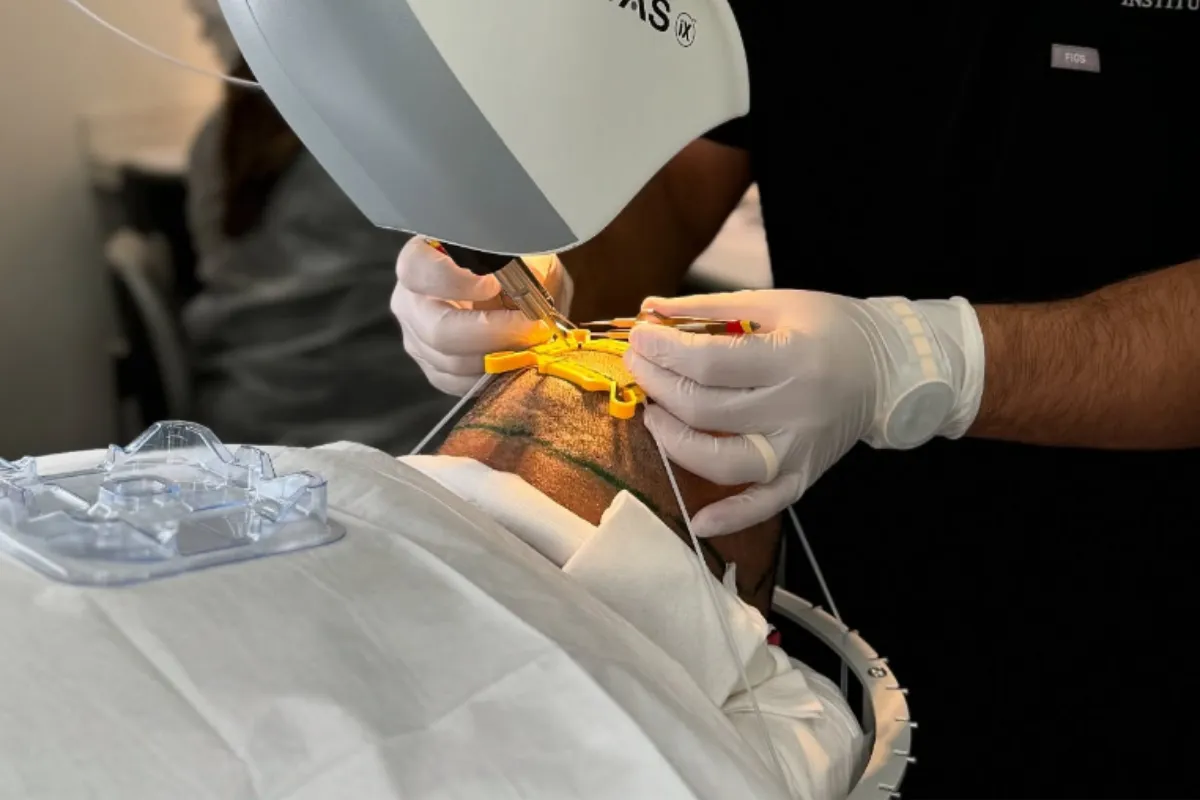
What Are the Main Benefits of ARTAS Robotic Hair Transplant?
- Precision and Consistency: The robot eliminates human fatigue and provides millimeter-level accuracy in extracting follicles.
- Minimized Scarring: Since ARTAS follows the FUE technique, it avoids large linear scars, making recovery smoother and scarring less noticeable.
- Faster Recovery: Reduced trauma to the scalp means patients typically heal quicker compared to traditional methods.
- Natural-Looking Results: The ARTAS system is designed to replicate the natural direction and angle of hair growth, especially at the hairline.
- Real-Time Monitoring: The robot adjusts on-the-go based on scalp tension, hair density, and movement, ensuring optimal results throughout the procedure.
Are There Any Limitations or Drawbacks?
While ARTAS is a cutting-edge solution, it’s not without limitations:
- Not Suitable for Everyone: ARTAS works best for patients with straight, dark hair and light skin, as the machine relies on visual contrast to identify follicles.
- Higher Cost: Robotic procedures often come with a premium price tag due to the technology and licensing involved.
- Limited Customization: Although the robot is highly accurate, artistic decisions like hairline design and density planning still rely on the surgeon’s expertise.
- Availability: ARTAS is not available in every clinic, as it requires significant investment and specialized training.
ARTAS vs. Manual FUE: Which Is Better?
Manual FUE remains a preferred technique for many experienced surgeons because it allows greater artistic control and flexibility. Surgeons can tailor each extraction and placement according to the patient’s unique hair pattern, texture, and scalp condition.
However, ARTAS excels in standardization and efficiency, making it ideal for large procedures where precision and speed are crucial. The best choice often comes down to patient needs, hair type, and surgeon preference.
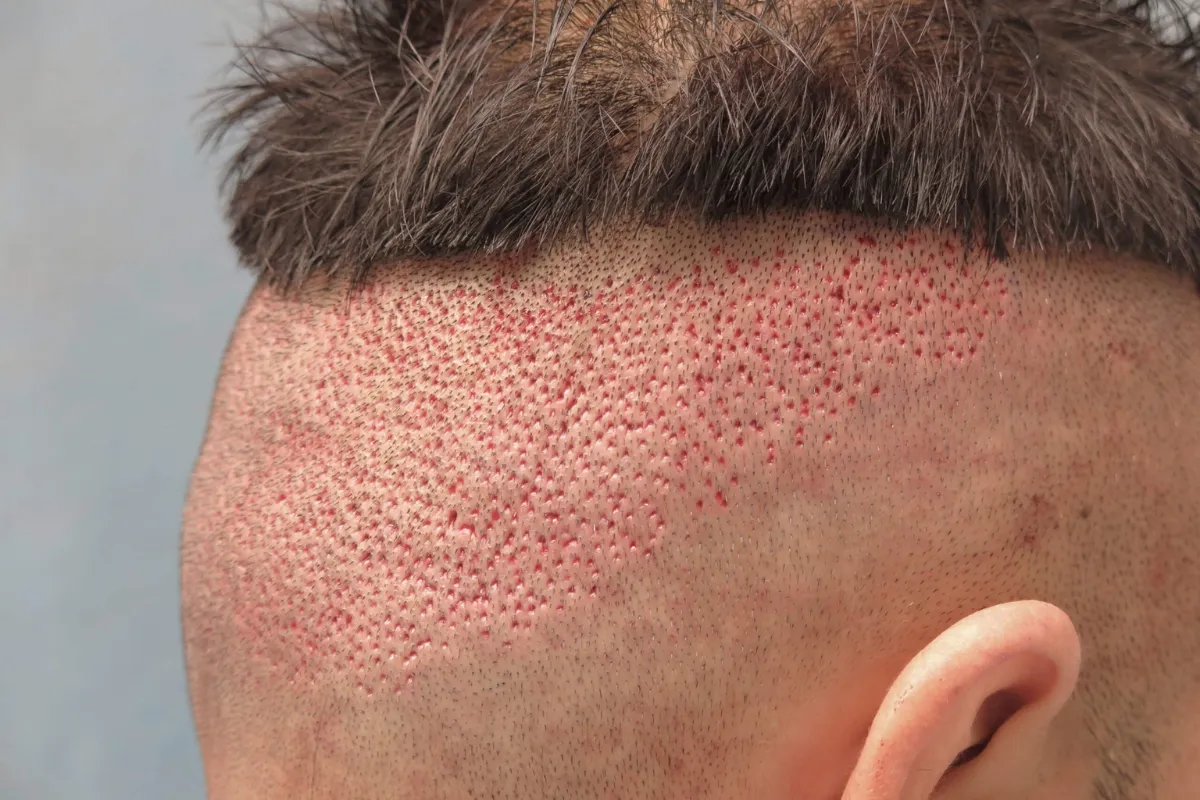
Is ARTAS the Future of Hair Restoration?
ARTAS represents a significant step forward in hair restoration technology, combining robotics, imaging, and AI to improve outcomes. As the system evolves and becomes more adaptable to different hair types and ethnicities, it may become a standard part of hair transplant practices worldwide.
Still, the success of any hair transplant procedure depends heavily on planning, execution, and post-operative care. Robotic assistance can enhance results, but human expertise remains irreplaceable in achieving aesthetic balance and personalized outcomes.

